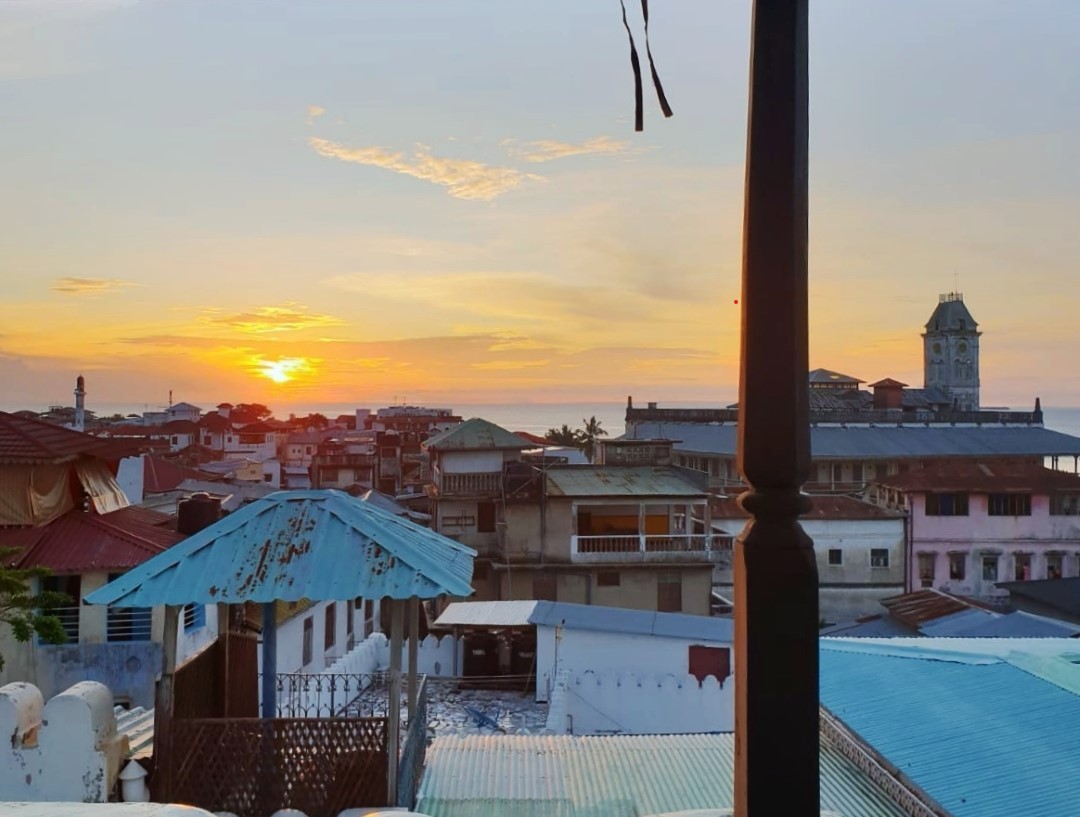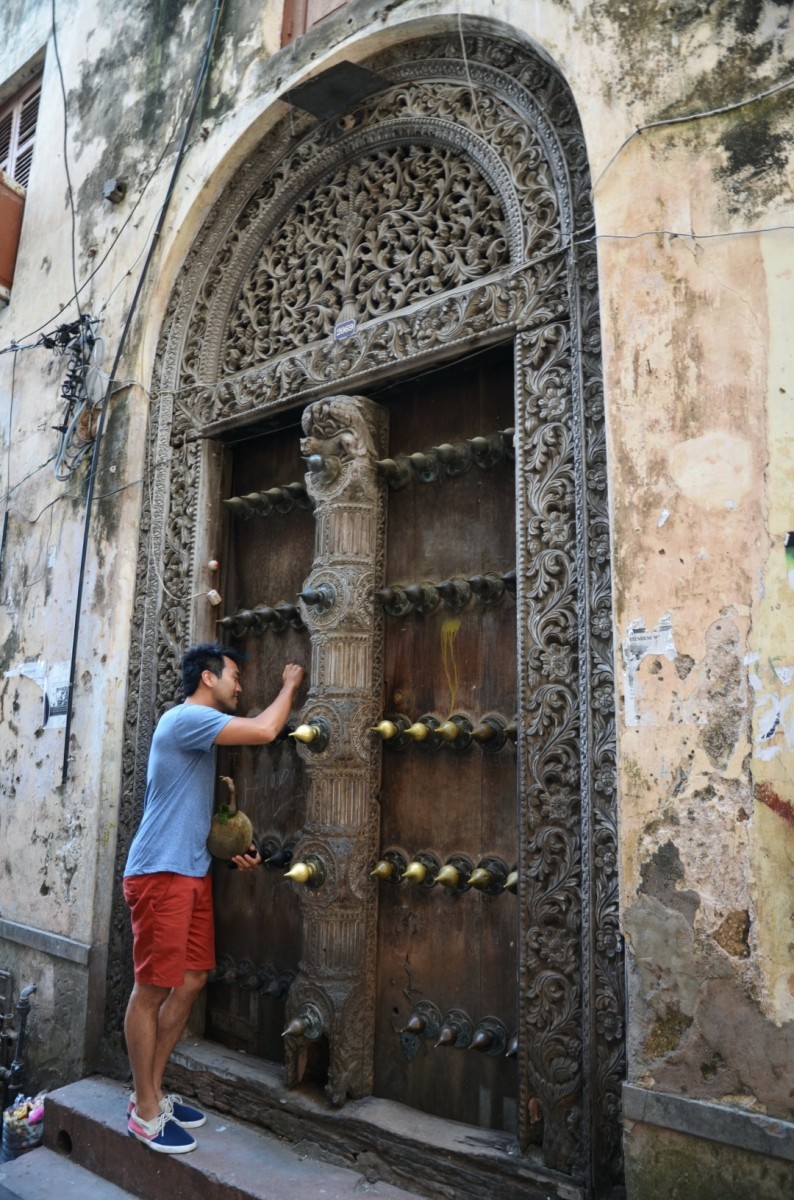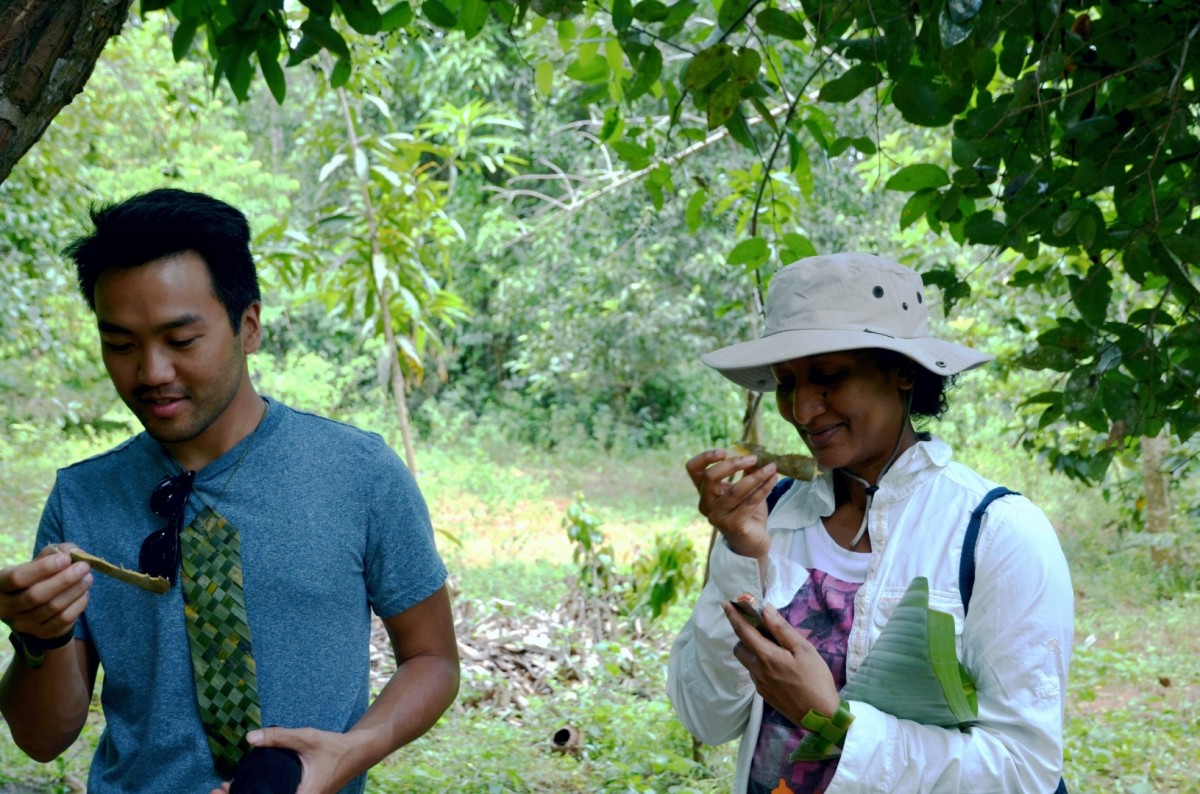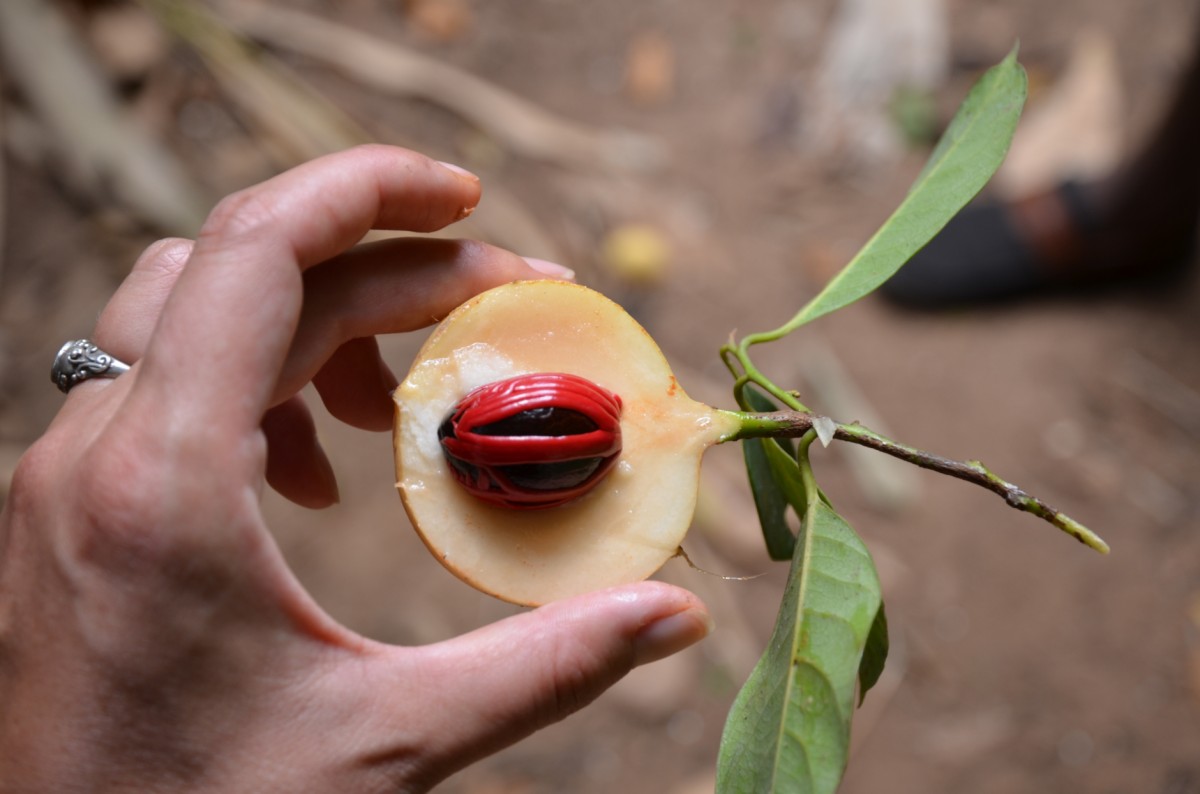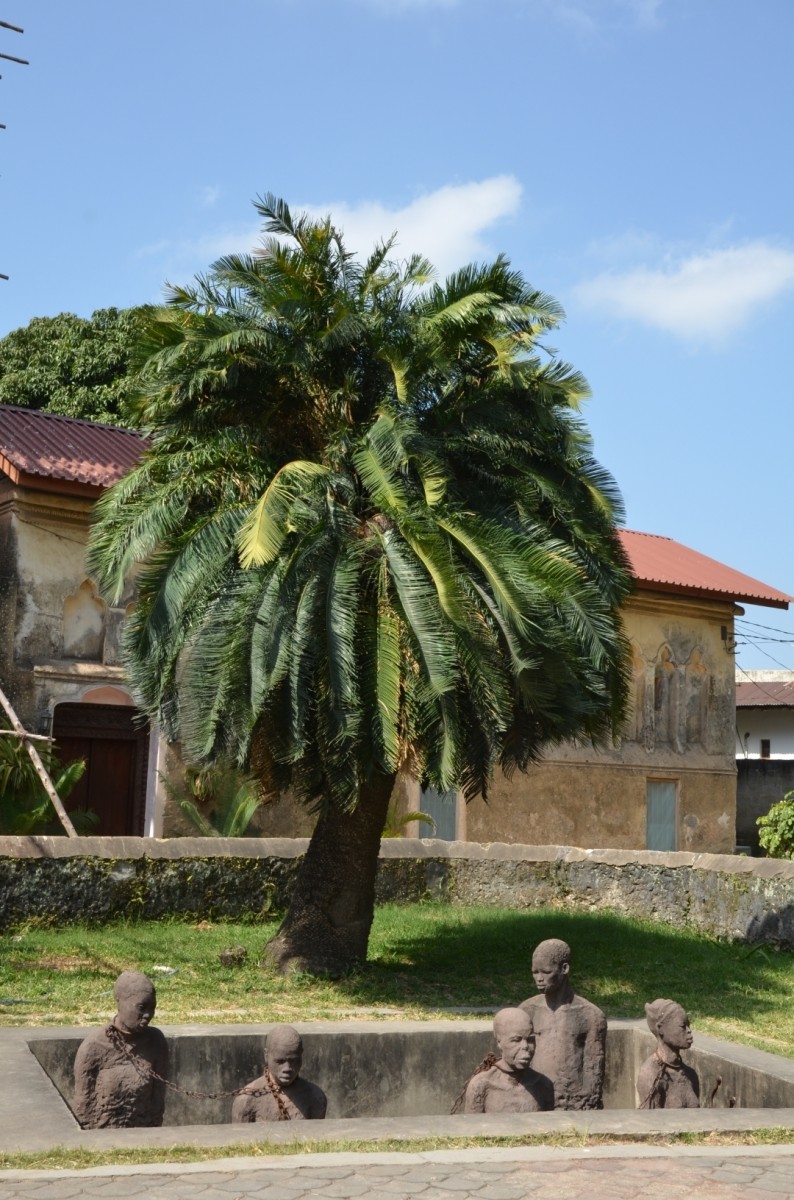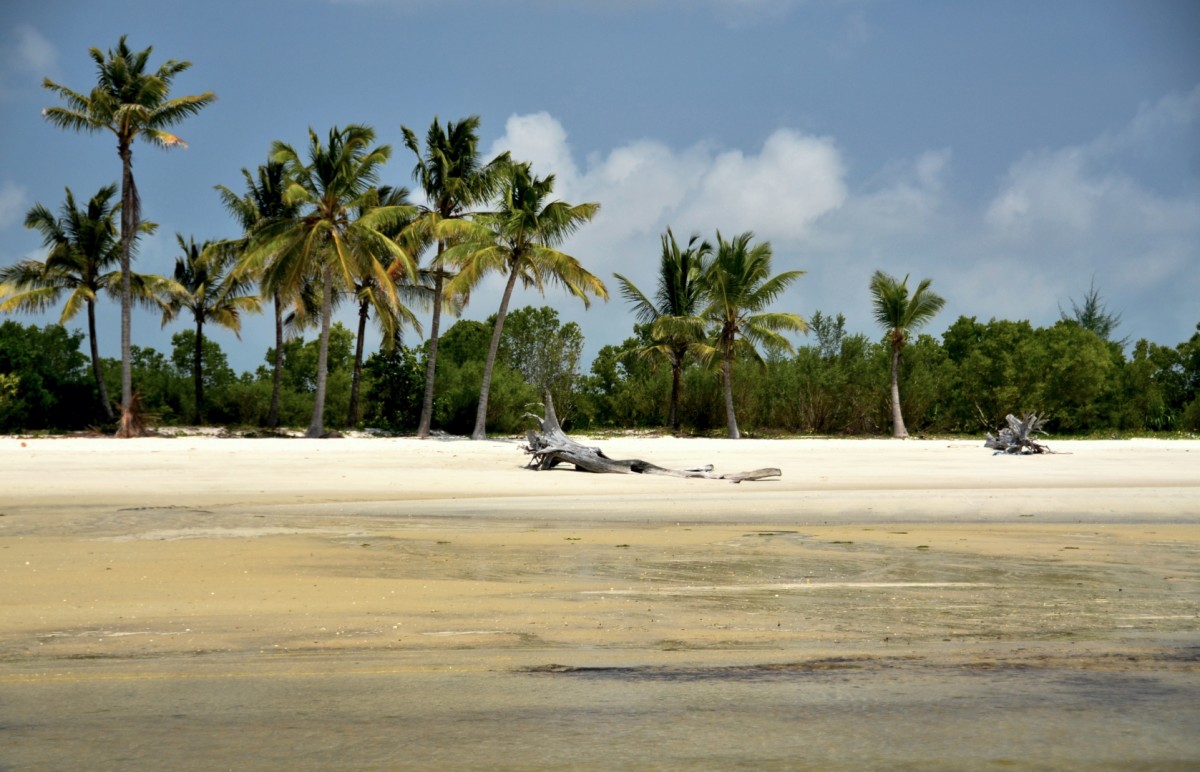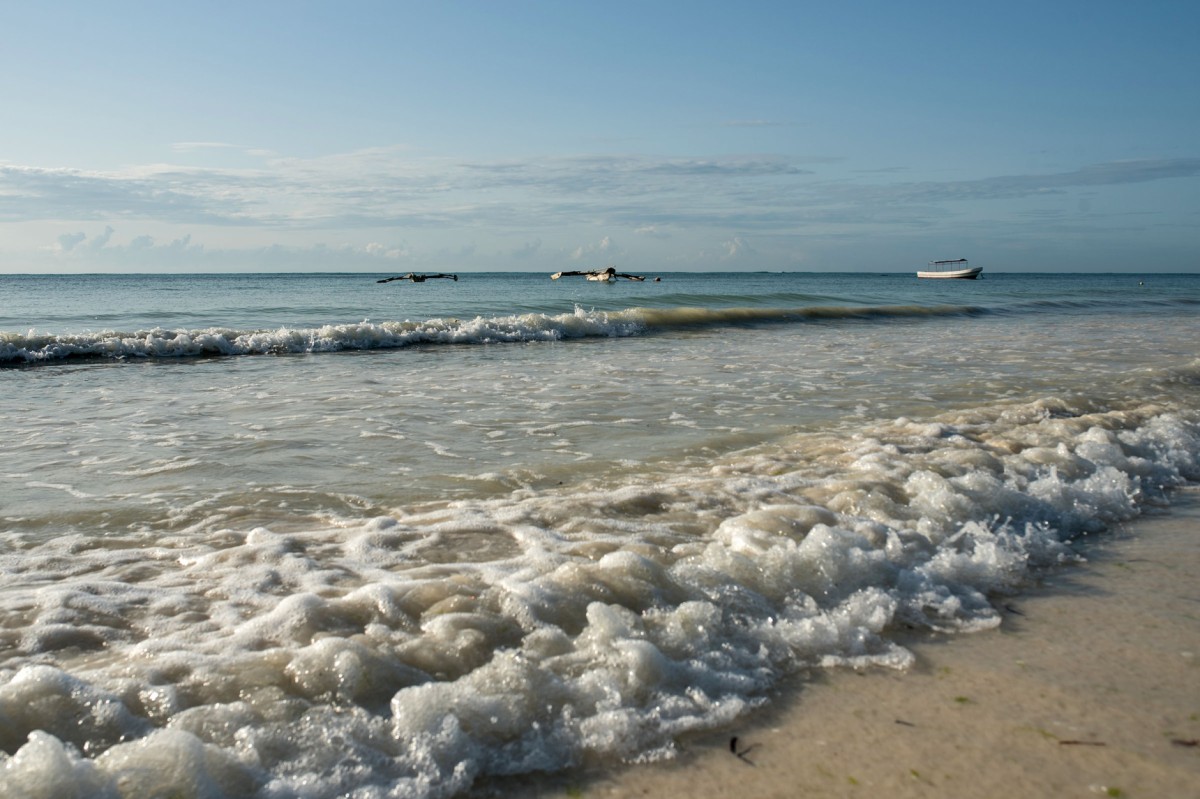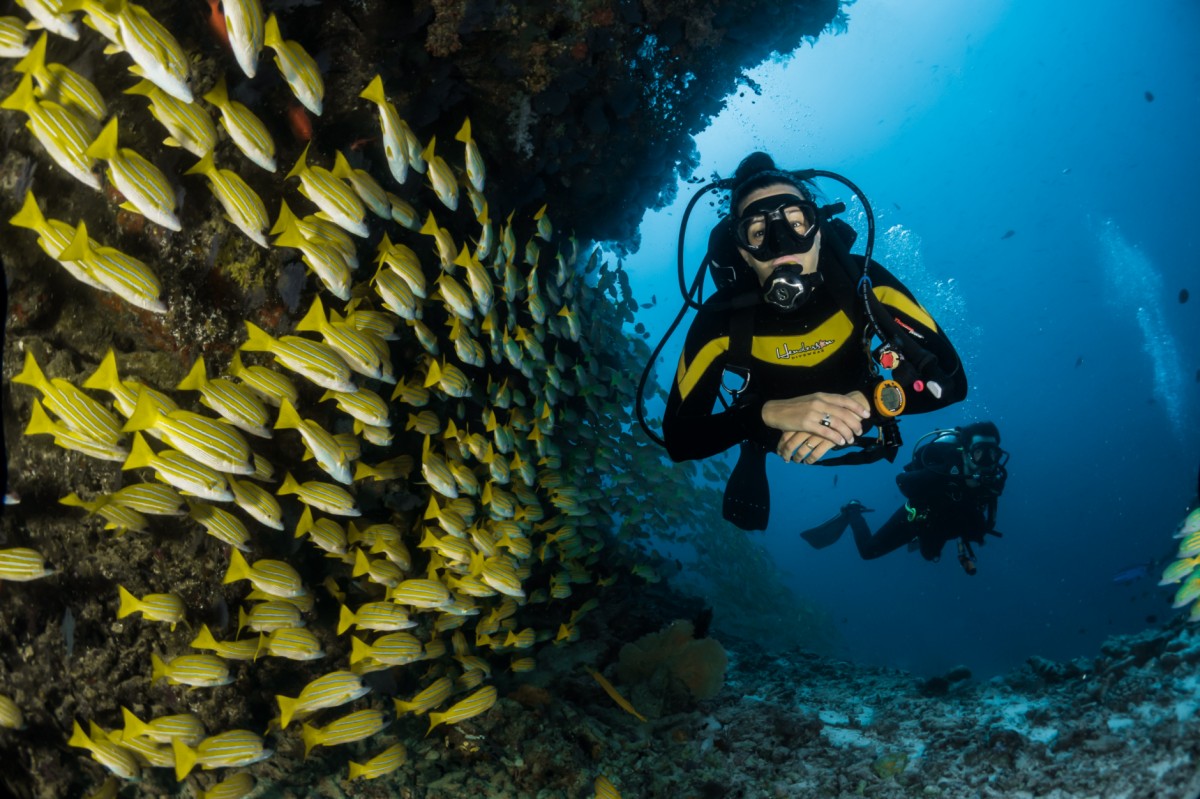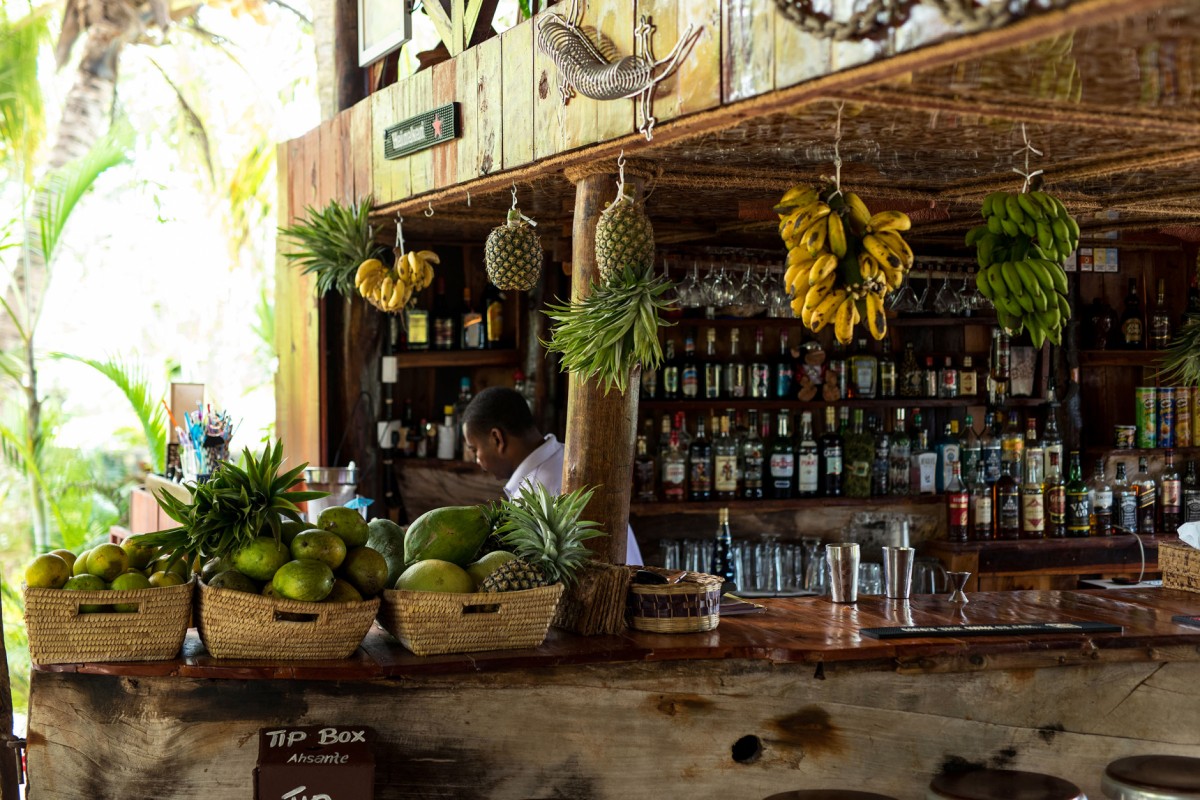In addition to the biodiversity on Tanzanian mainland, the country’s seaside on the Indian Ocean boasts an exceptionally rich underwater world and beautiful white sandy beaches. We therefore recommend spending some days at the beach or some organised dives after your safari.
The Indian Ocean is very warm with temperatures of 25 - 28 ° C – perfect for long diving excursions and for observing numerous fish. Depending on the region, the difference between the tides may be several meters. Take a walk on the tidal plane and observe what the sea releases at low tide. Fishermen do it to hunt fish in the shallow pools on foot.
Below are our suggestions on where to end your safari. We will be delighted to assist you in finding the perfect place to conclude your Tanzania experience.
Beach & Diving
Dar es Salaam
Dar es Salaam is the largest city and economic and cultural center of Tanzania with 5 million inhabitants, growing steadily. The sights of Dar es Salaam, however, can be counted on one hand. These include the markets such as the Mwenge or the Kariakoo Market and especially the Tinga Tinga Art Center, an art market with local naive art. The most beautiful area are the beaches on the Indian Ocean north and south of the city, where a fresh sea breeze blows.
There are several very nice beach resorts one to two hours drive from the airport. This allows you a relaxed and short departure on the last day. Despite the proximity to the city of Dar es Salaam, the beaches and the water are clean.
Images
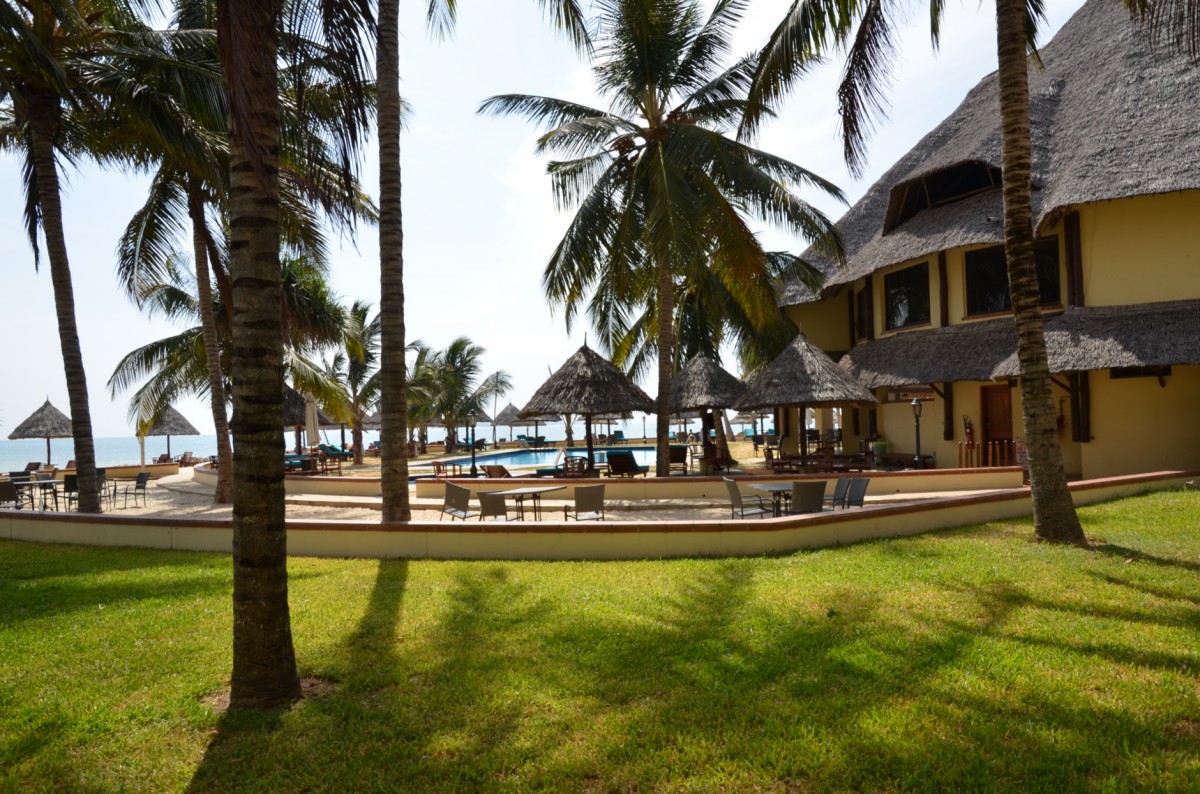
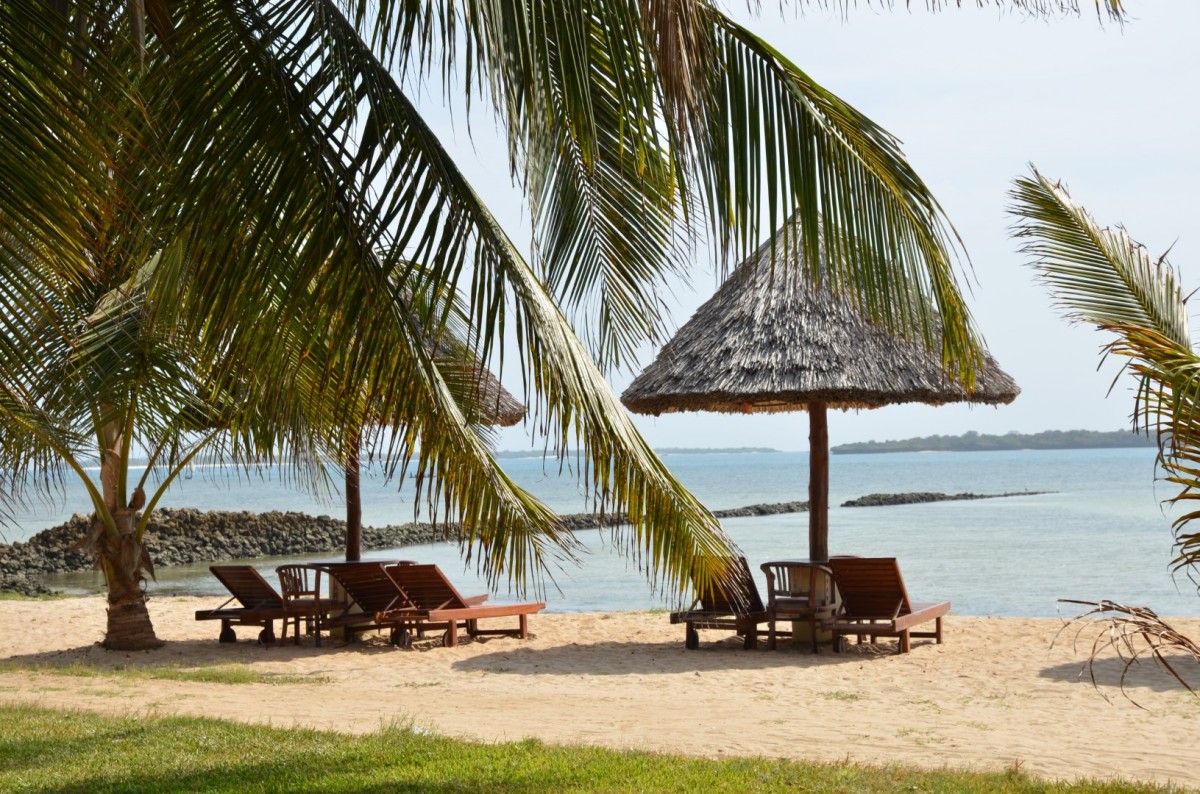
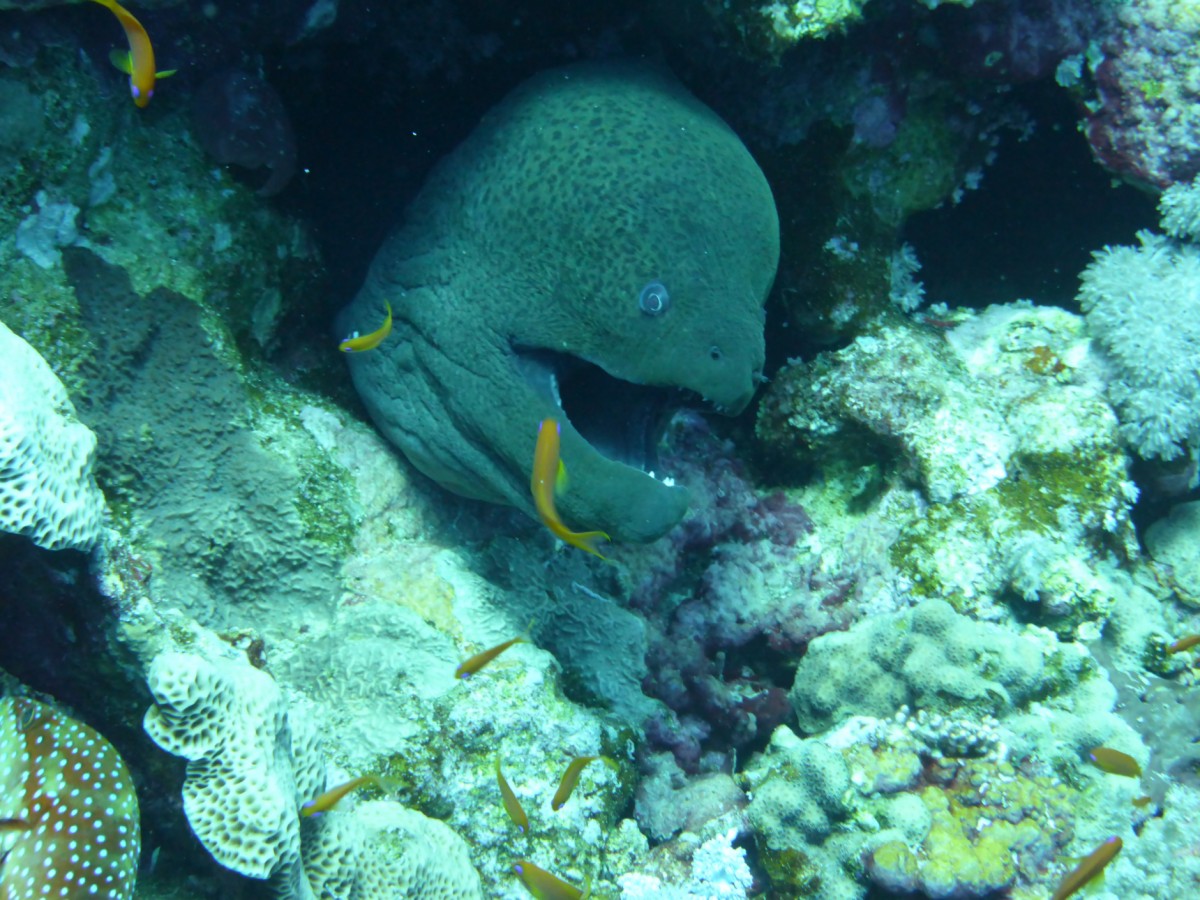
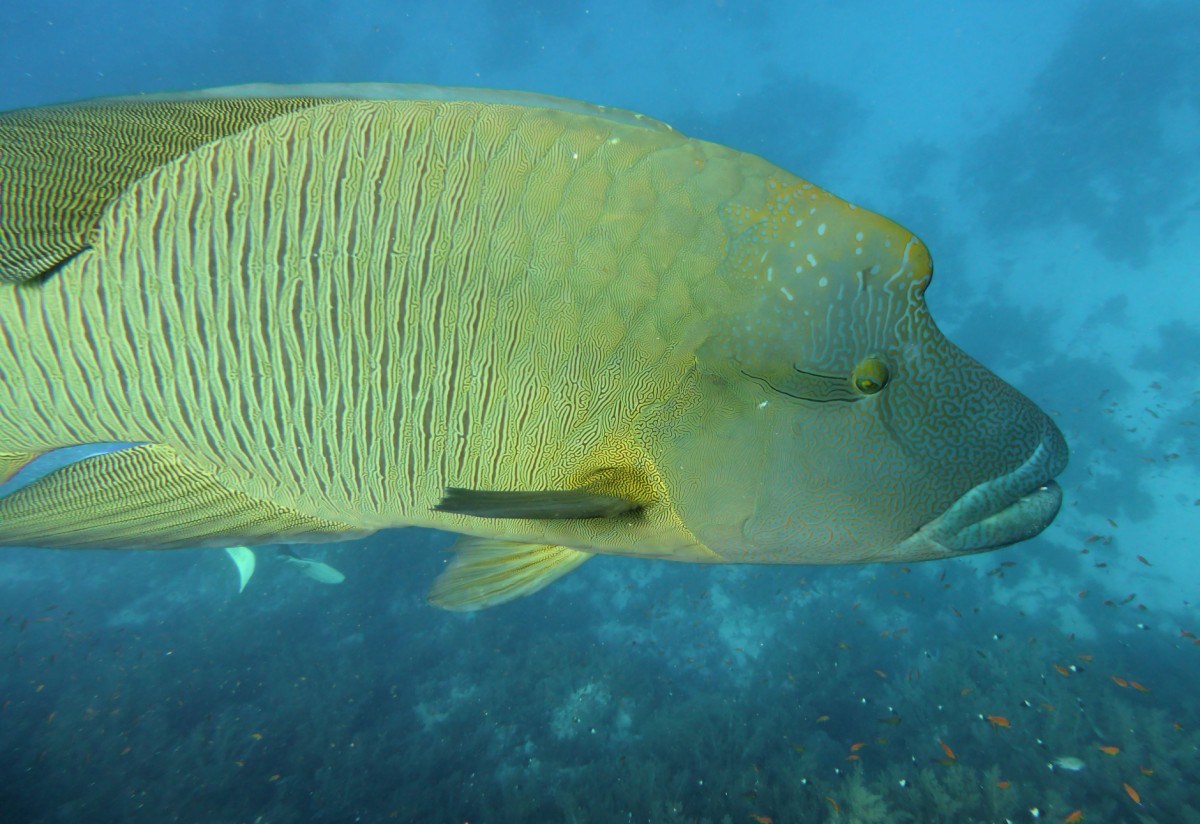
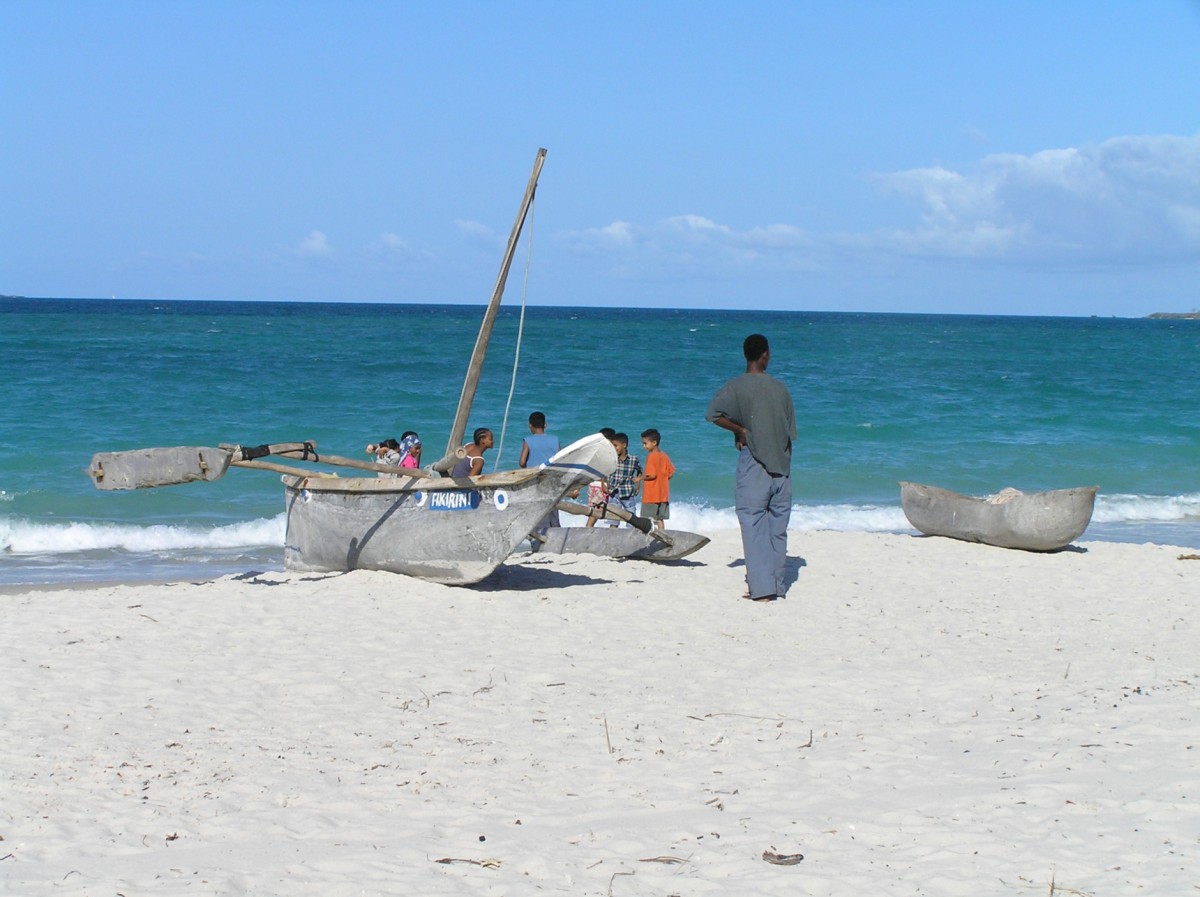
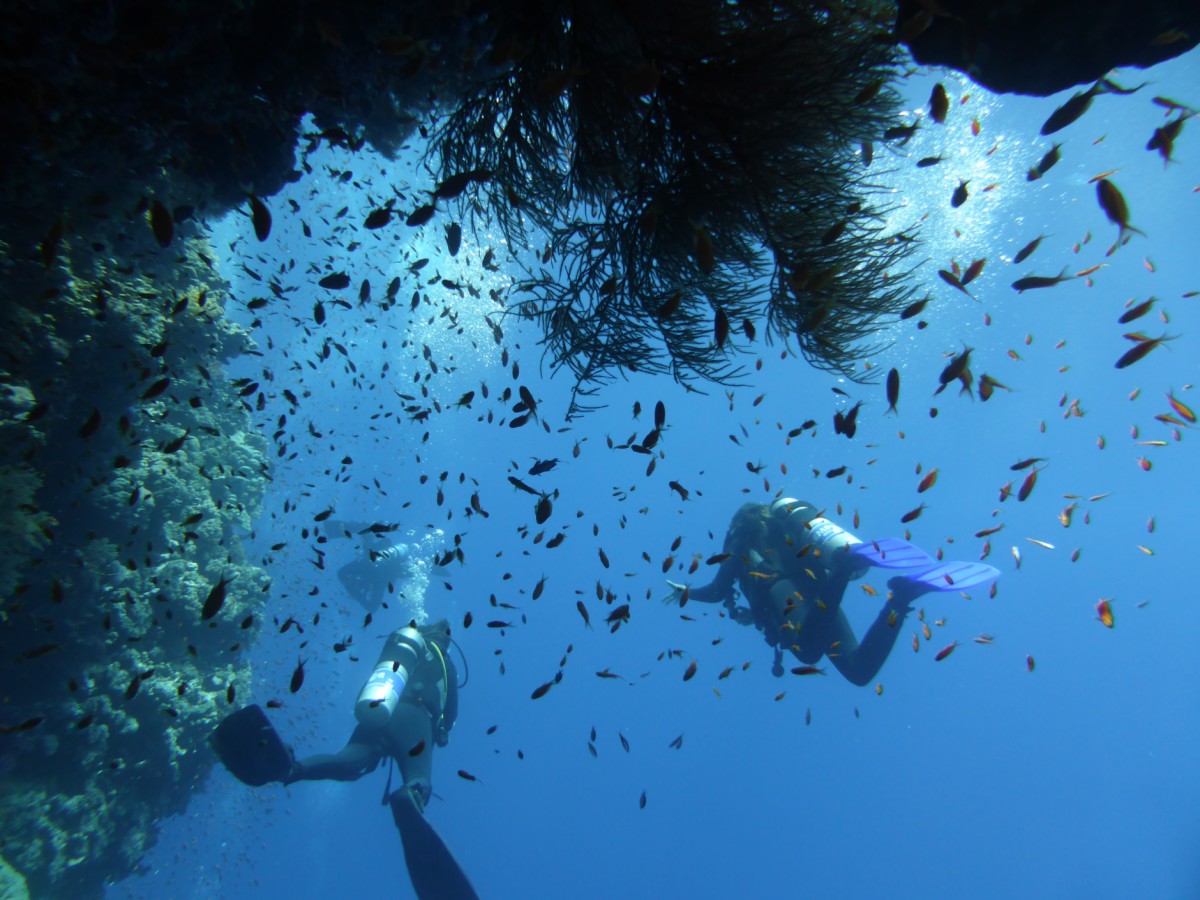
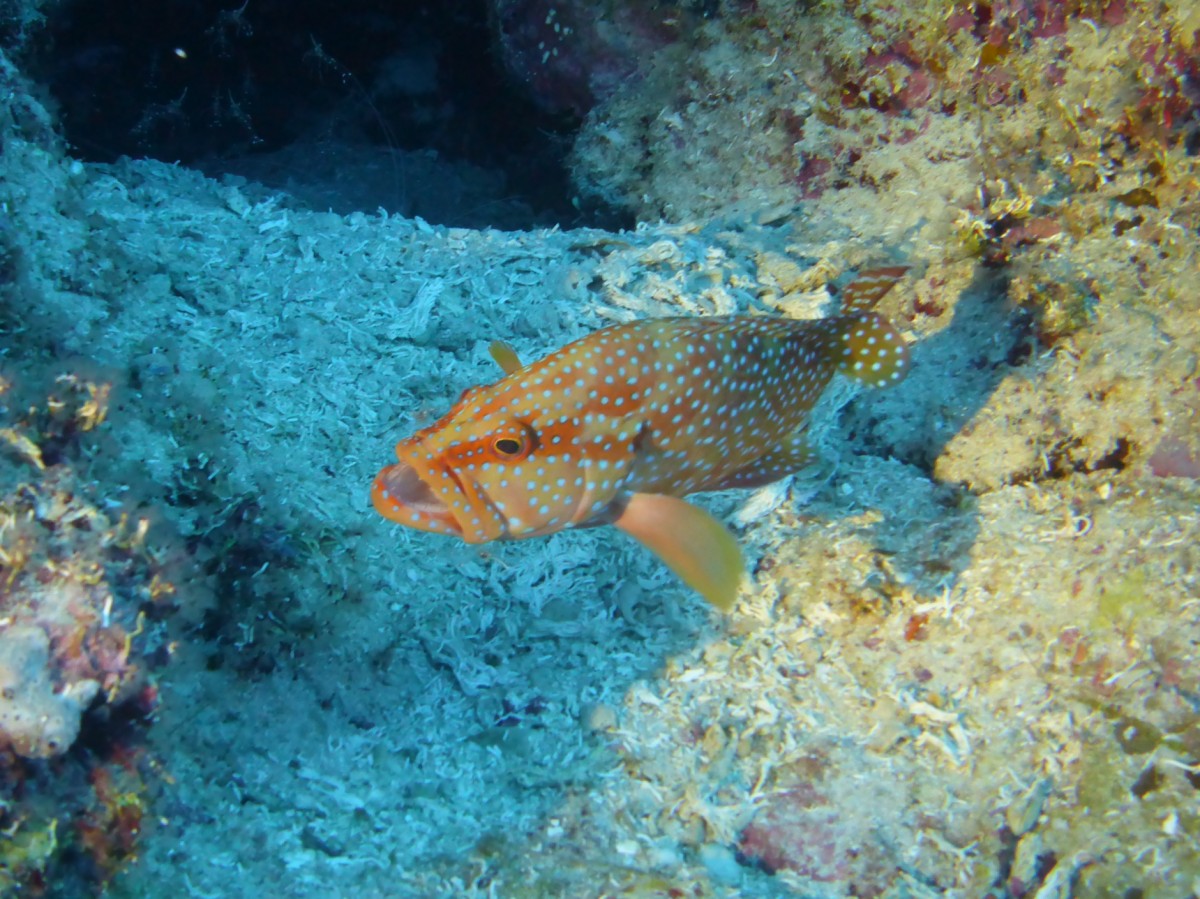
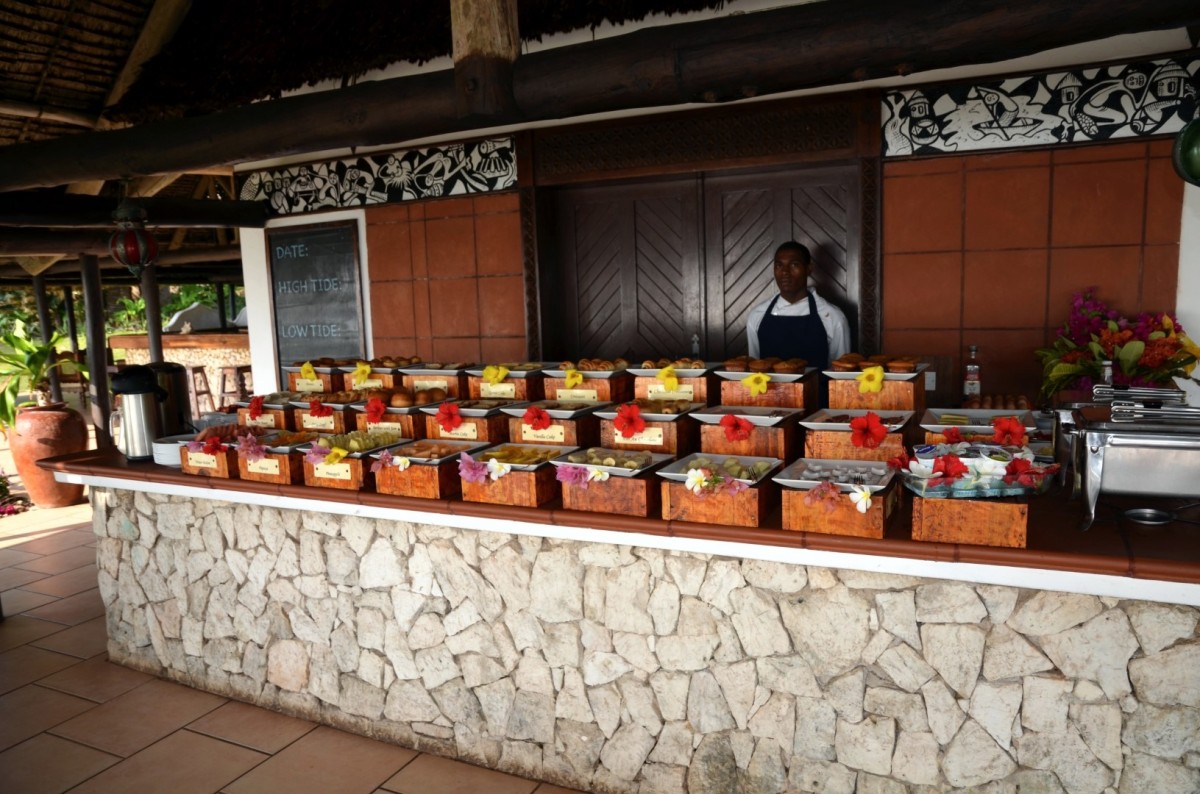
Lake Tanganyika
The pearl and lifeblood of western Tanzania is Lake Tanganyika, the longest and second deepest lake in the world. 676 km long, 50 km wide and about 1'500 m deep, these are the Olympic mass of the species-rich lake. 2,000 species are at home here, over 90% of them endemic. Most of them are cichlids, but there are also puffer fish, catfish, lungfish, crabs, etc. many of which are known worldwide as ornamental fish in aquariums. A diving mask is essential for a visit to Lake Tanganyika.
Rainforests, mangroves and long sandy beaches line the lake, offering beach vacations, sunset boating, scuba diving, snorkelling and canoeing. A stay can be combined with a visit to the Mahale National Park.
Legendary is the old ship "M.V.Liemba", which drove in 1915 for the first time across Lake Tanganyika. Made in Germany, it was dedicated in honor of the former governor of German East Africa, the "Earl of idols". During the First World War, the Belgians invaded Kigoma. The Germans did not want to leave the ship to them. It was simply sunk in a cloudy spot in the lake, with the aim of recovering it after the won war. The ship spent eight years under water before being brought back to the surface by the English. Since then she has sailed across the lake under the name of Liemba and she is still the main means of transport for passengers and food.
Images
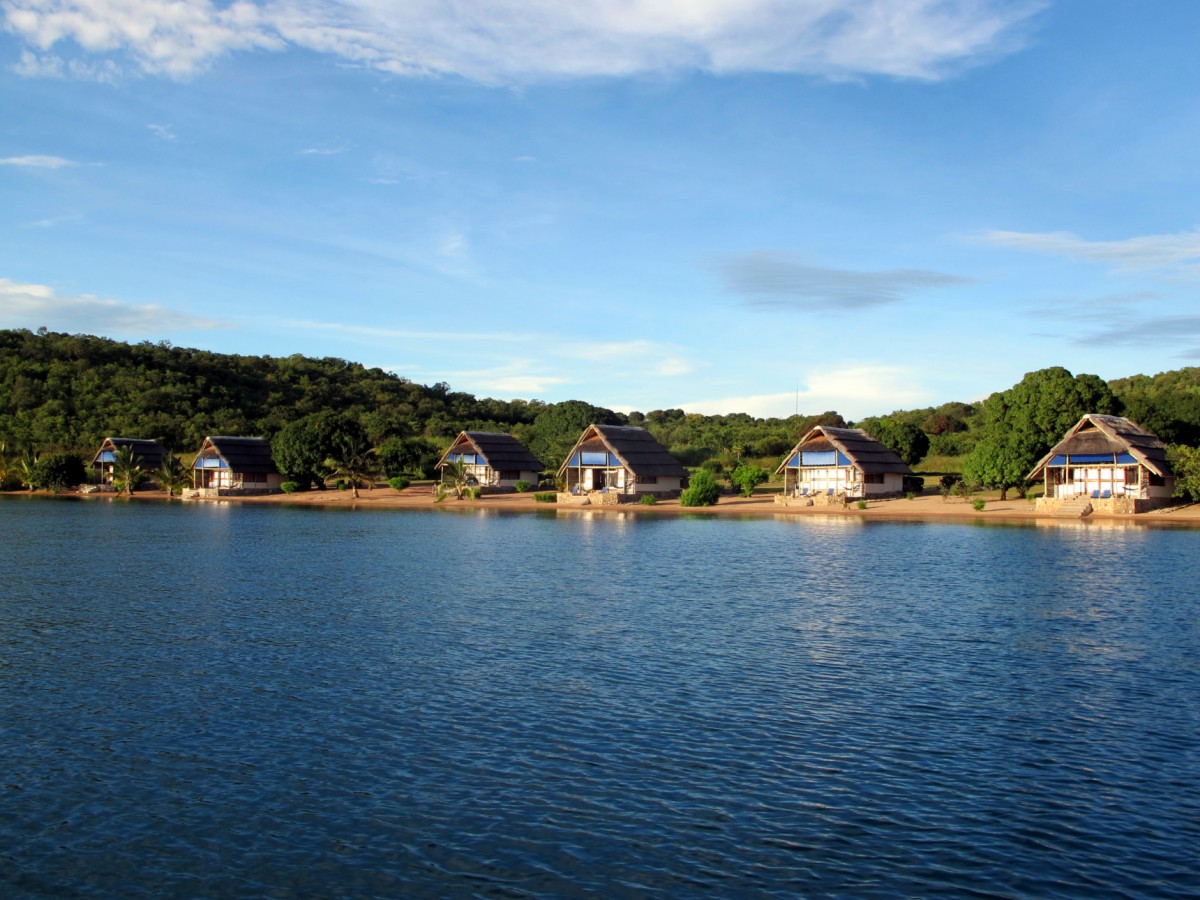
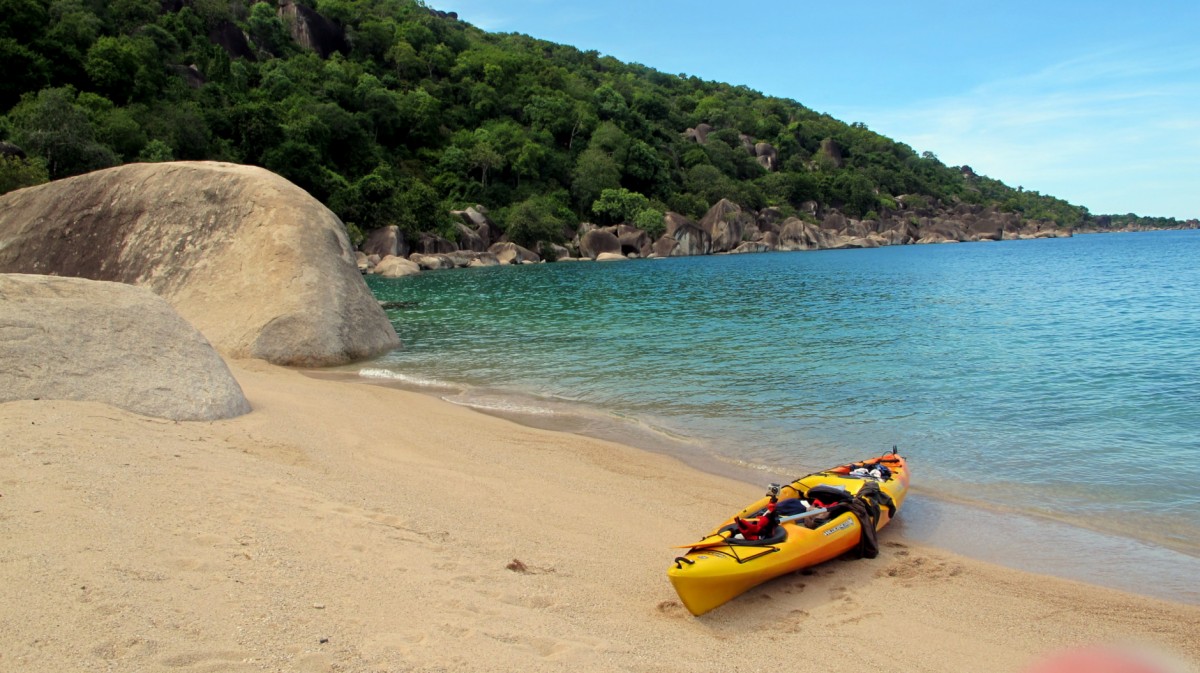
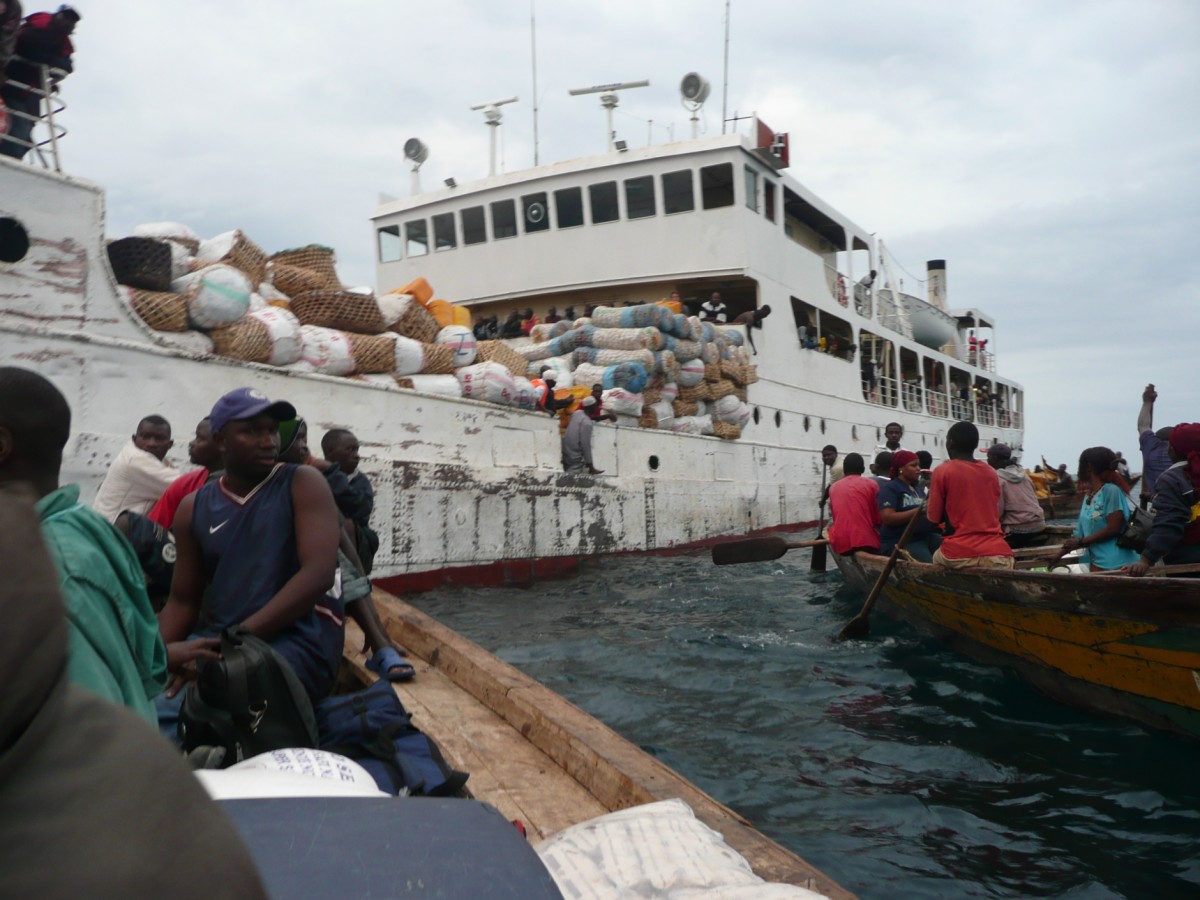
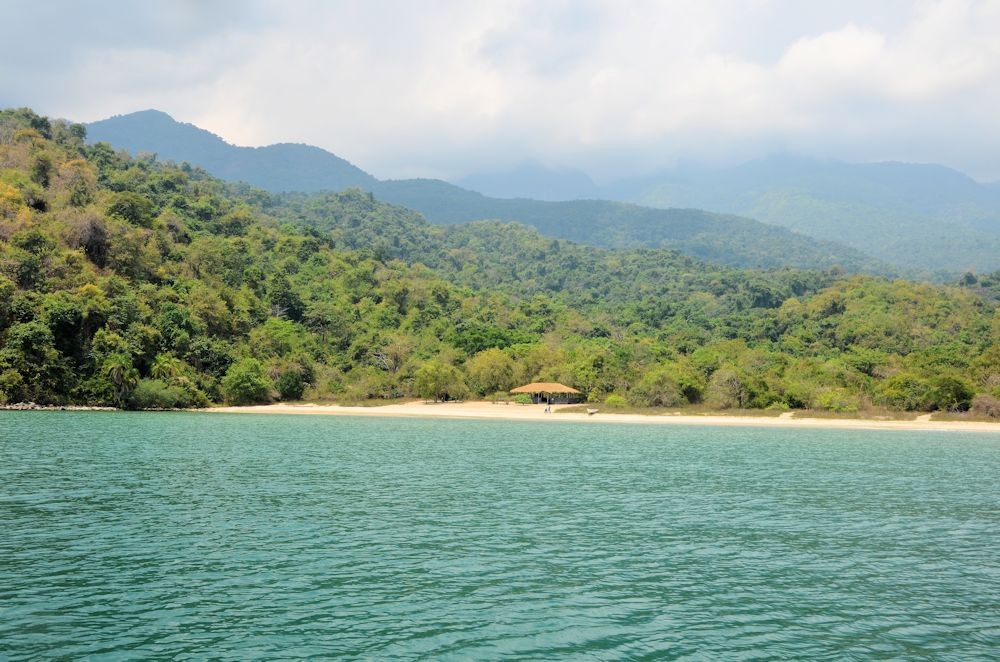
Kilwa
Not on only Mafia or Zanzibar but also in Kilwa are the most beautiful sandy beaches in Tanzania. If you like cozy and quiet hours on beautiful beaches, we recommend the white and long beaches of Kilwa, away from the mass tourism. Enjoy fresh seafood, which is freshly caught daily.
Before Kilwa are several smaller islands, which can be explored during a day trip. Worth seeing are the ruins of the medieval port and fortifications of Kilwa Kisiwani and Songo Mnara, which testify to strong trade activity from the 13th century to the 16th century. These were included in the list of UNESO World Heritage. The journey from Dar es Salaam to Kilwa takes about 5-6 hours by car. Small planes fly from Dar es Salaam and from Selous Game Reserve.
Images
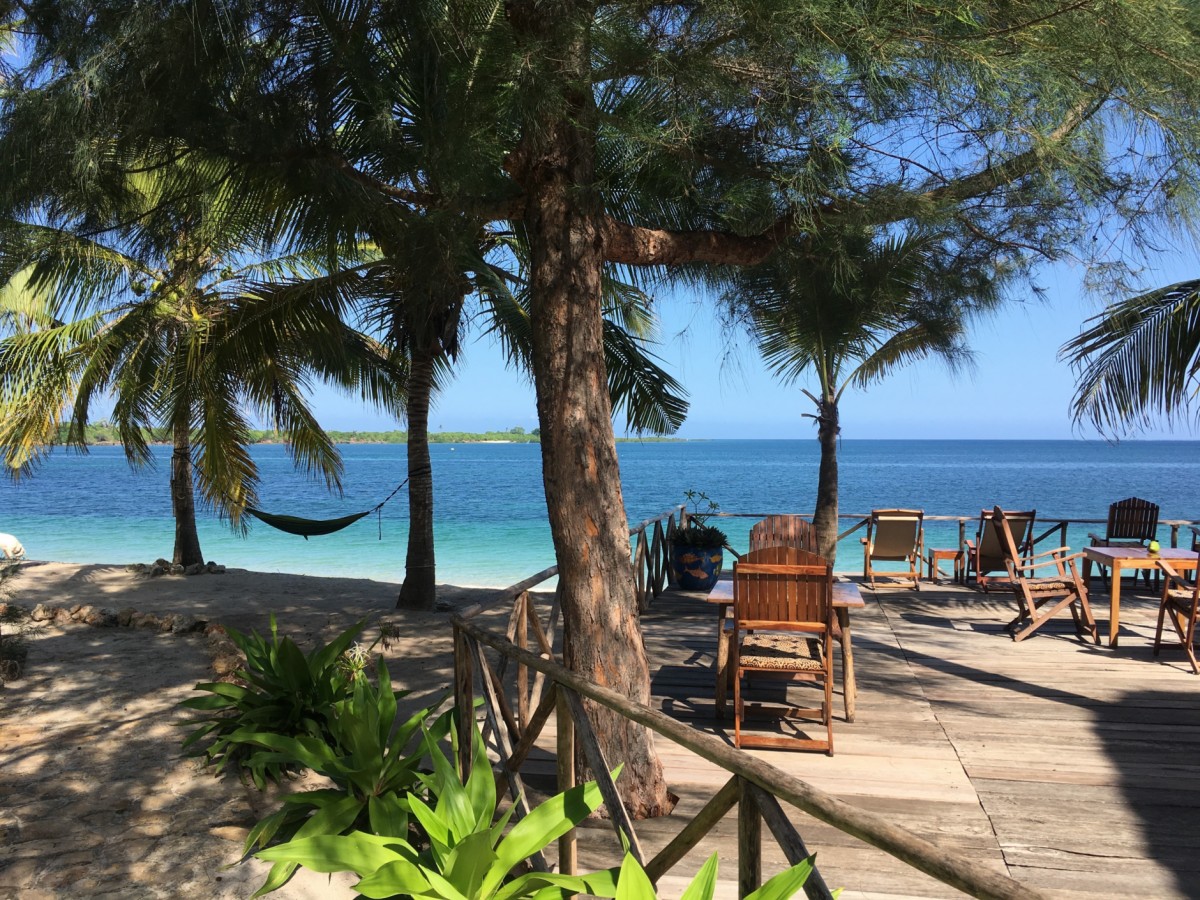
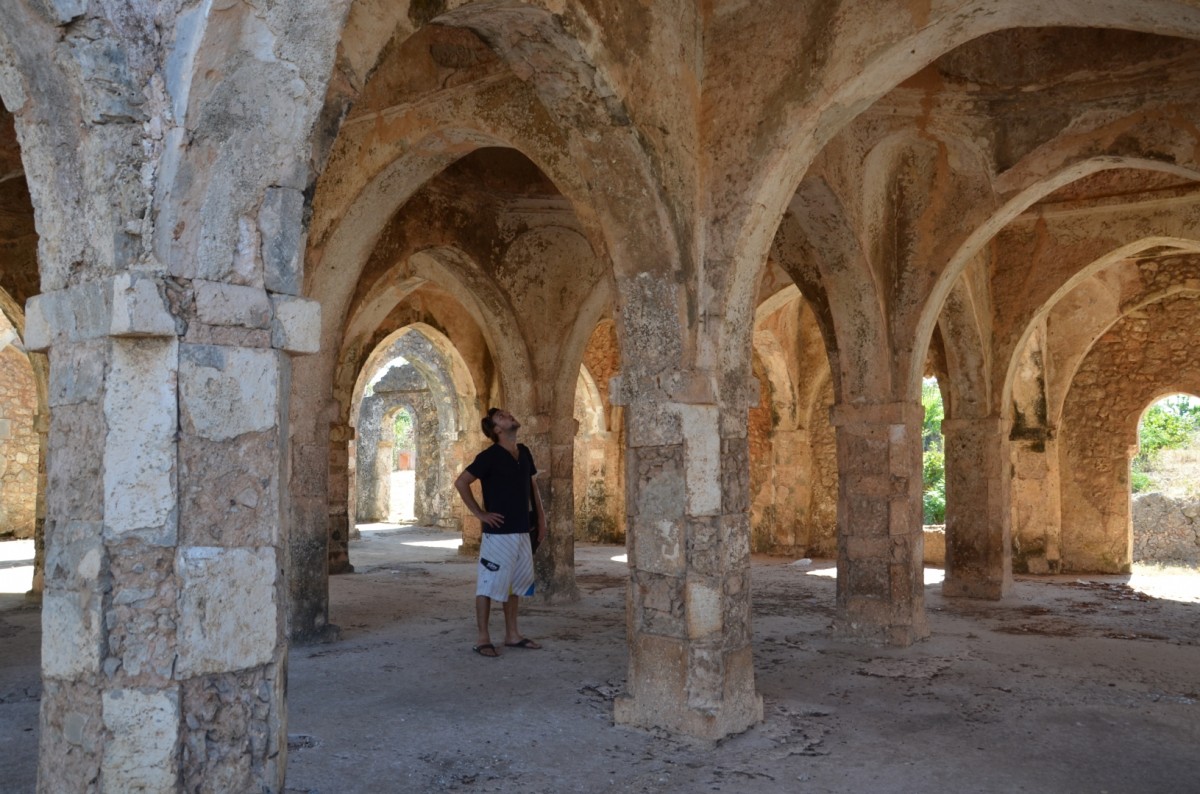
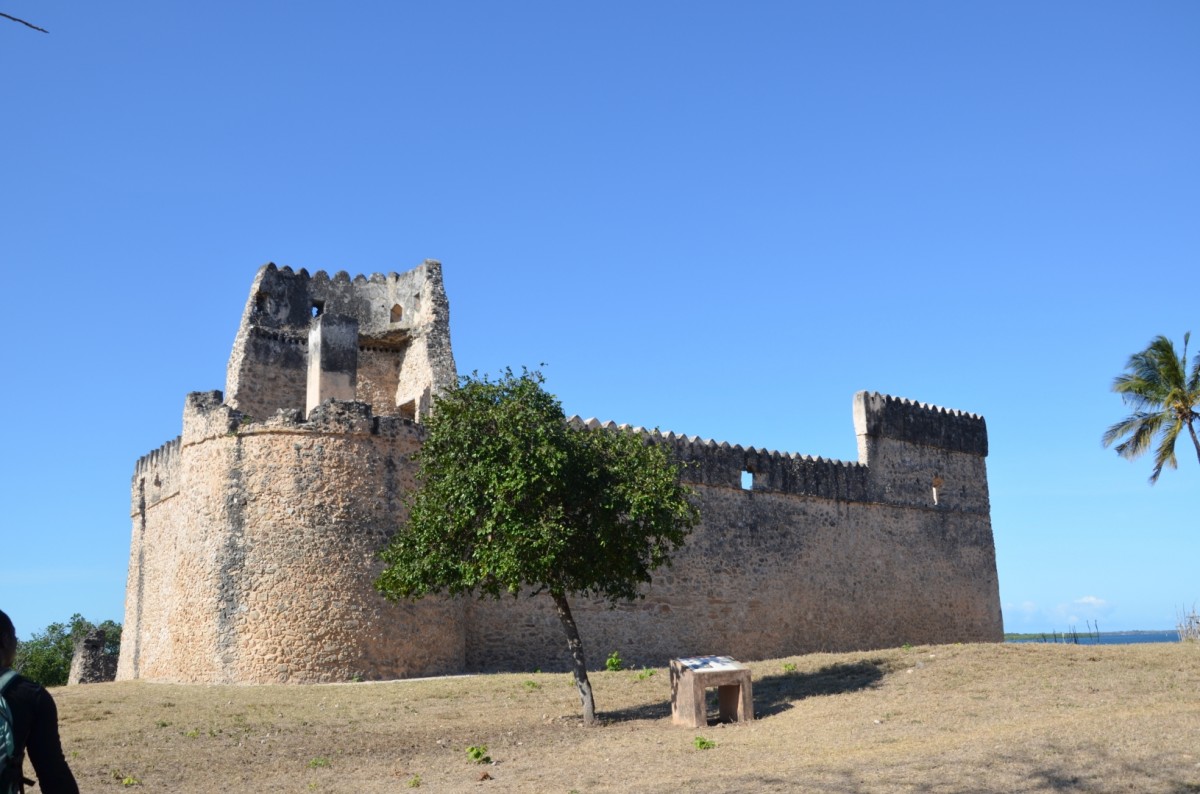
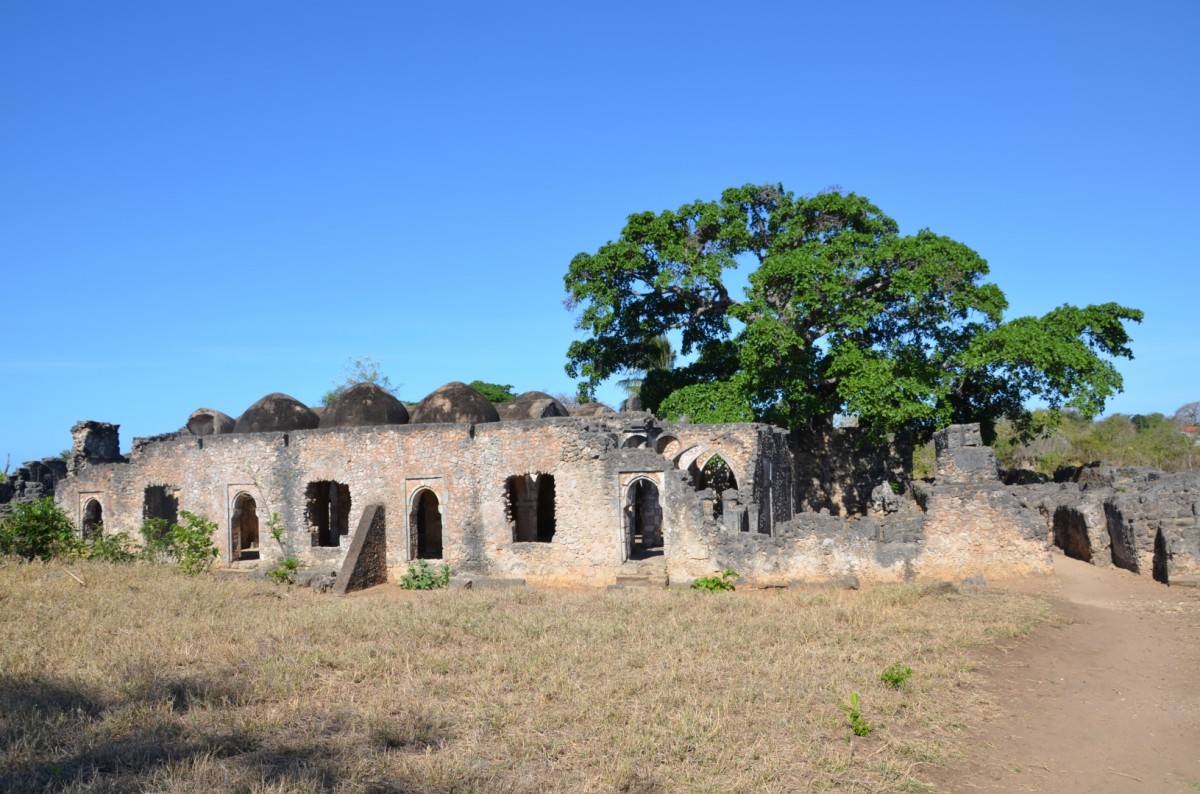
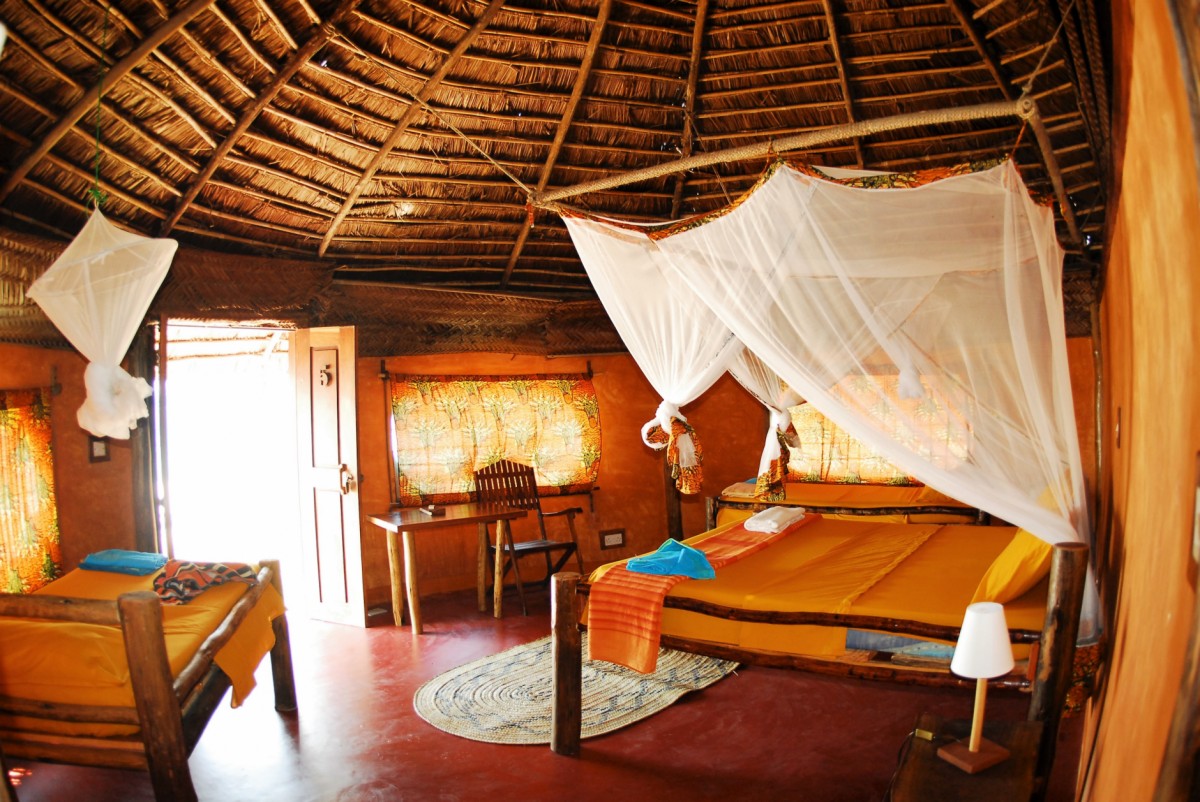
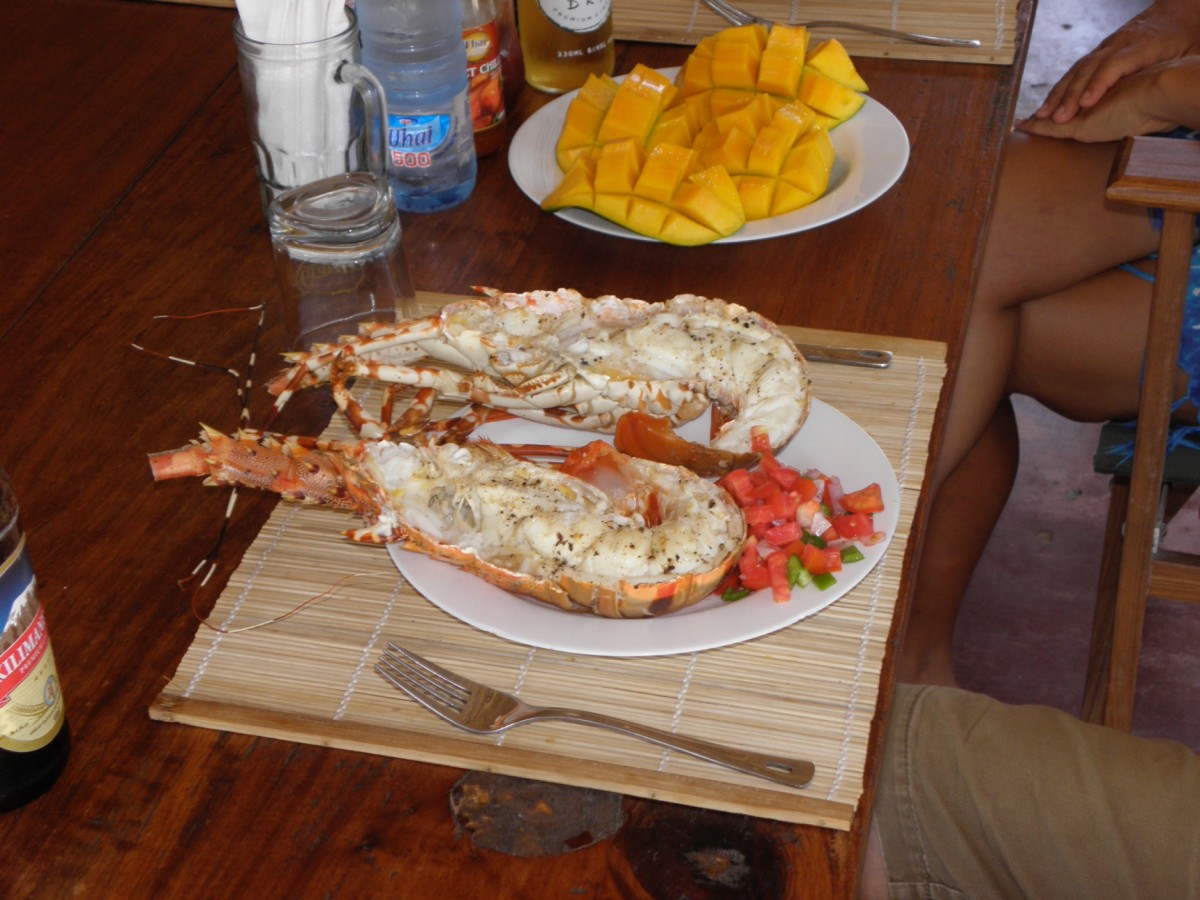
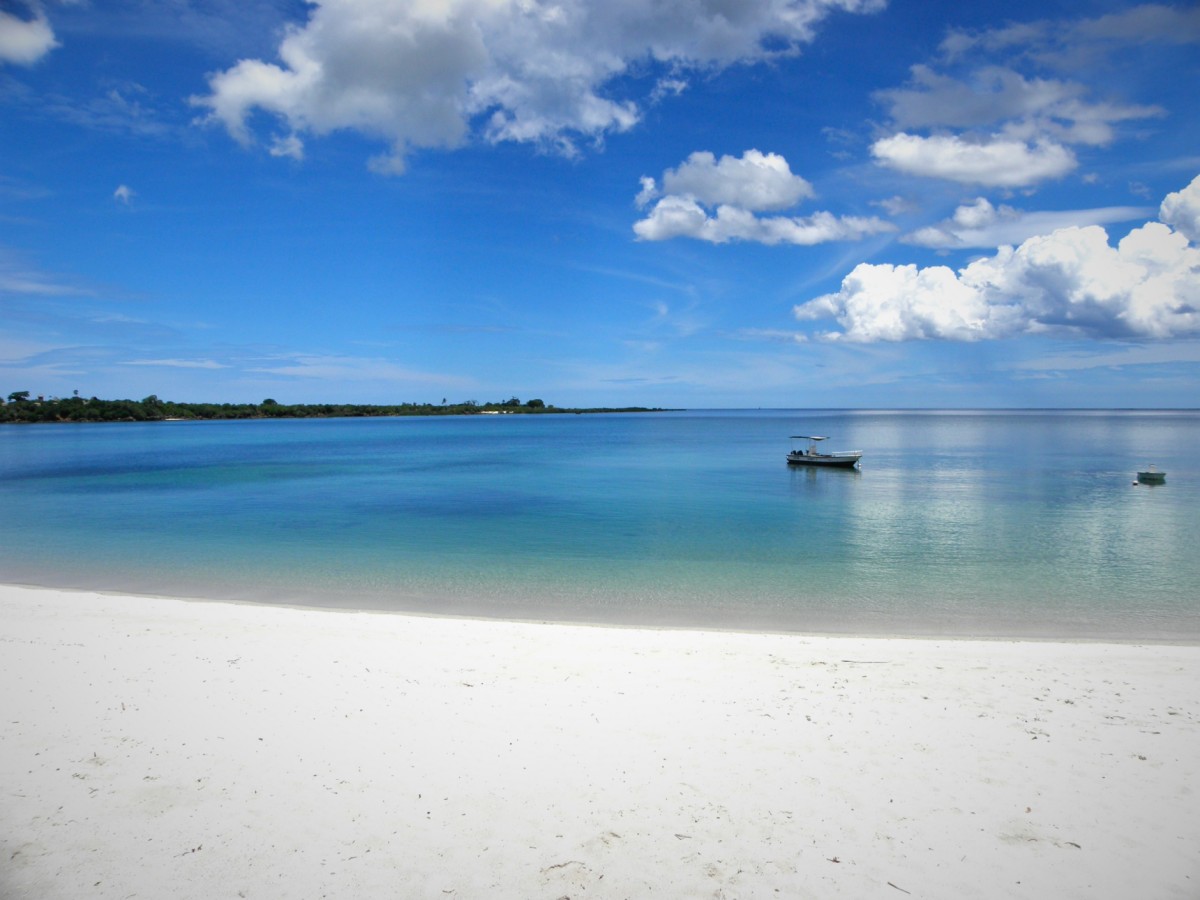
Mafia
The island of Mafia is located about 30 km off the Rufiji river delta and is known for its exceptional abundance of fish due to its nutrient-rich, yet very clear water. Because of these exceptional conditions, the first marine national park in Tanzania was built here in Mafia. Largely spared from overfishing and coral extinctions, the national park has developed into a colorful and particularly animal- and species-rich underwater world. Whales can be spotted off the coast of Mafia – whale sharks between November to February, and humpback whales from August to October.
In contrast to Zanzibar, the island is a well-kept secret, and you can enjoy lonely beaches and relax.
Images
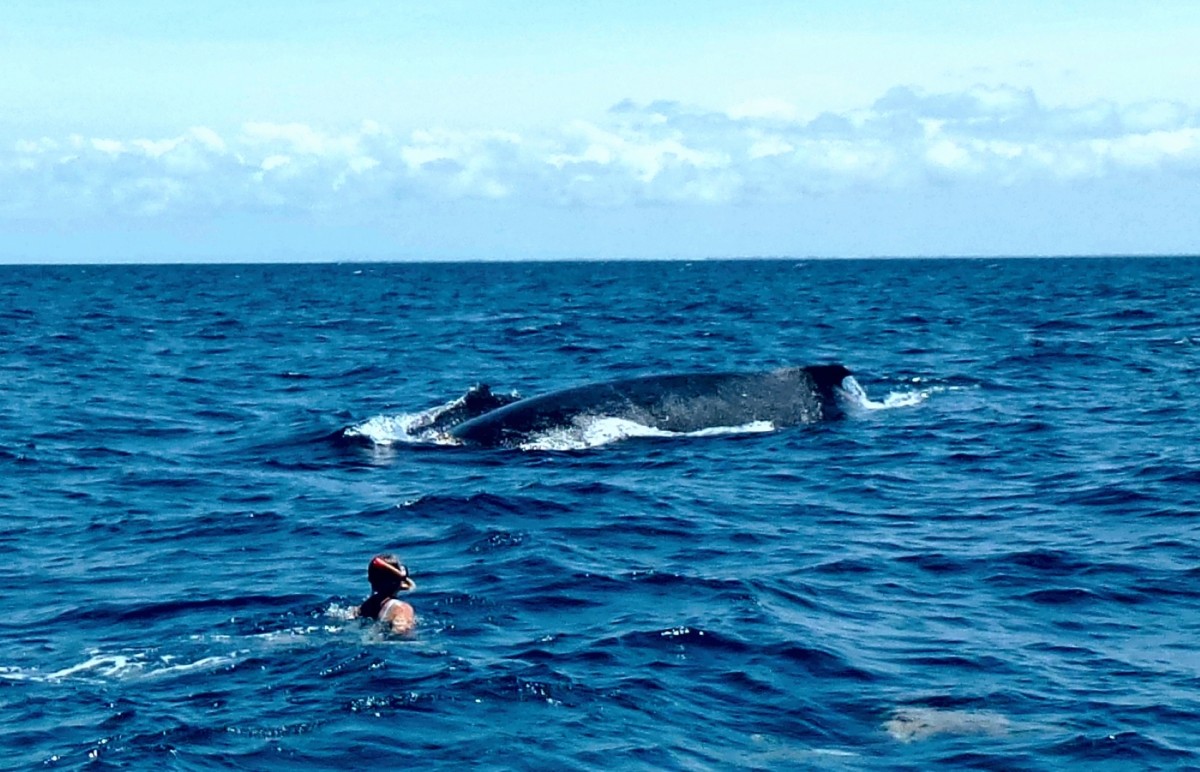
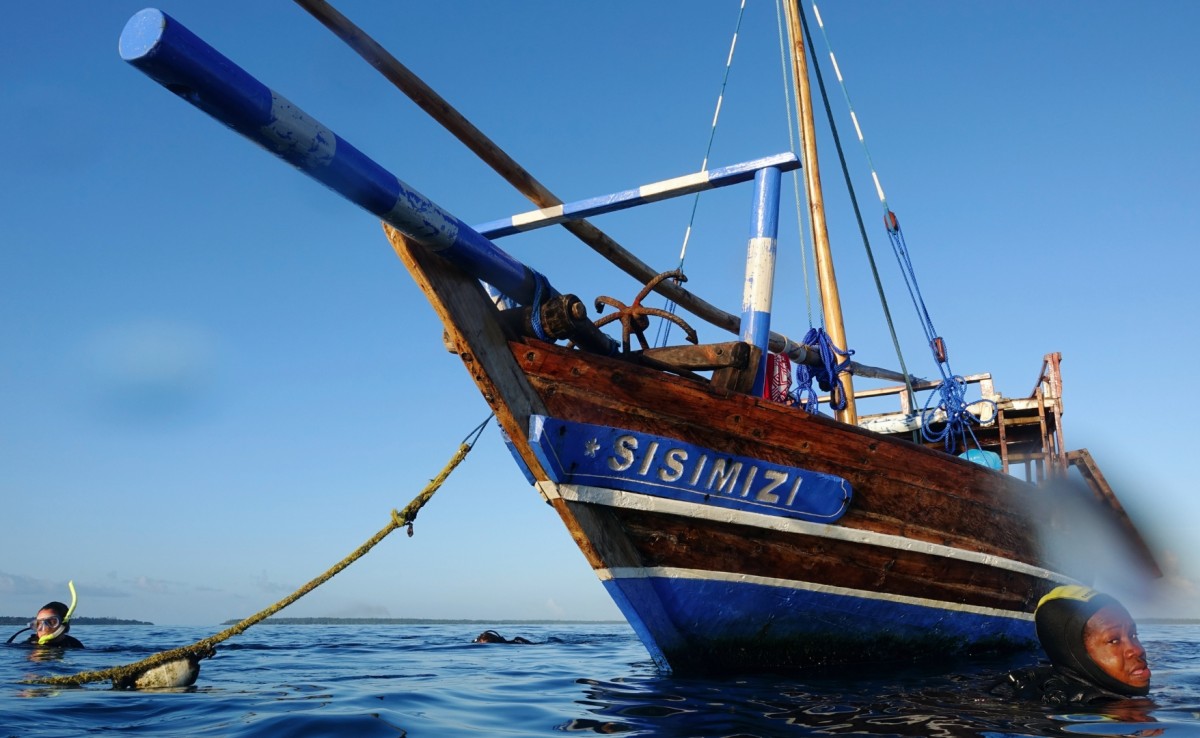
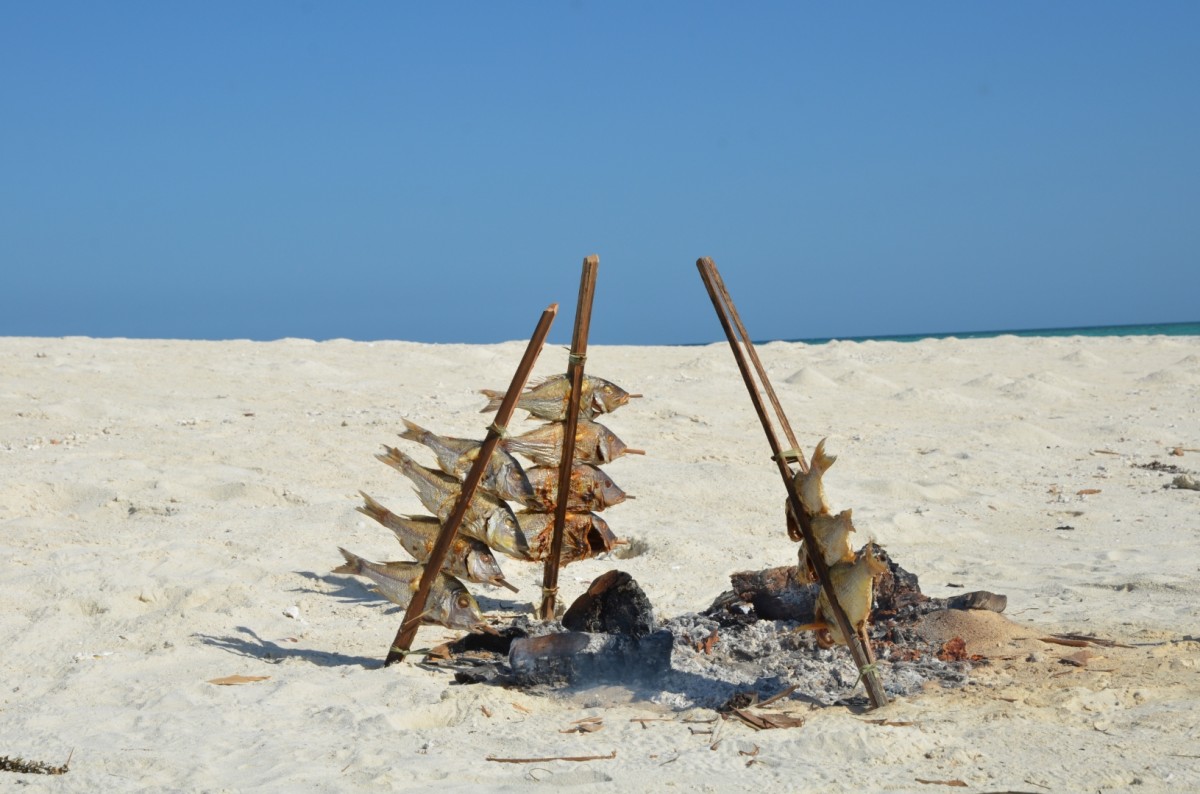
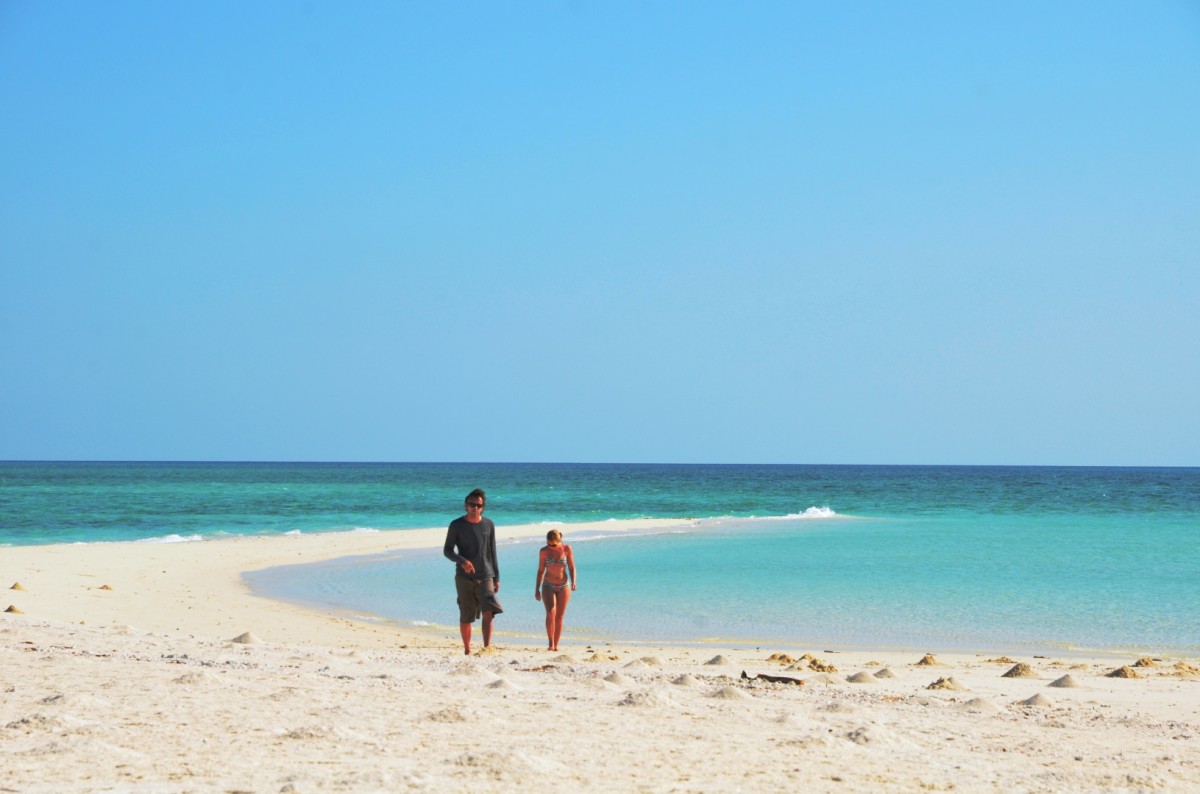
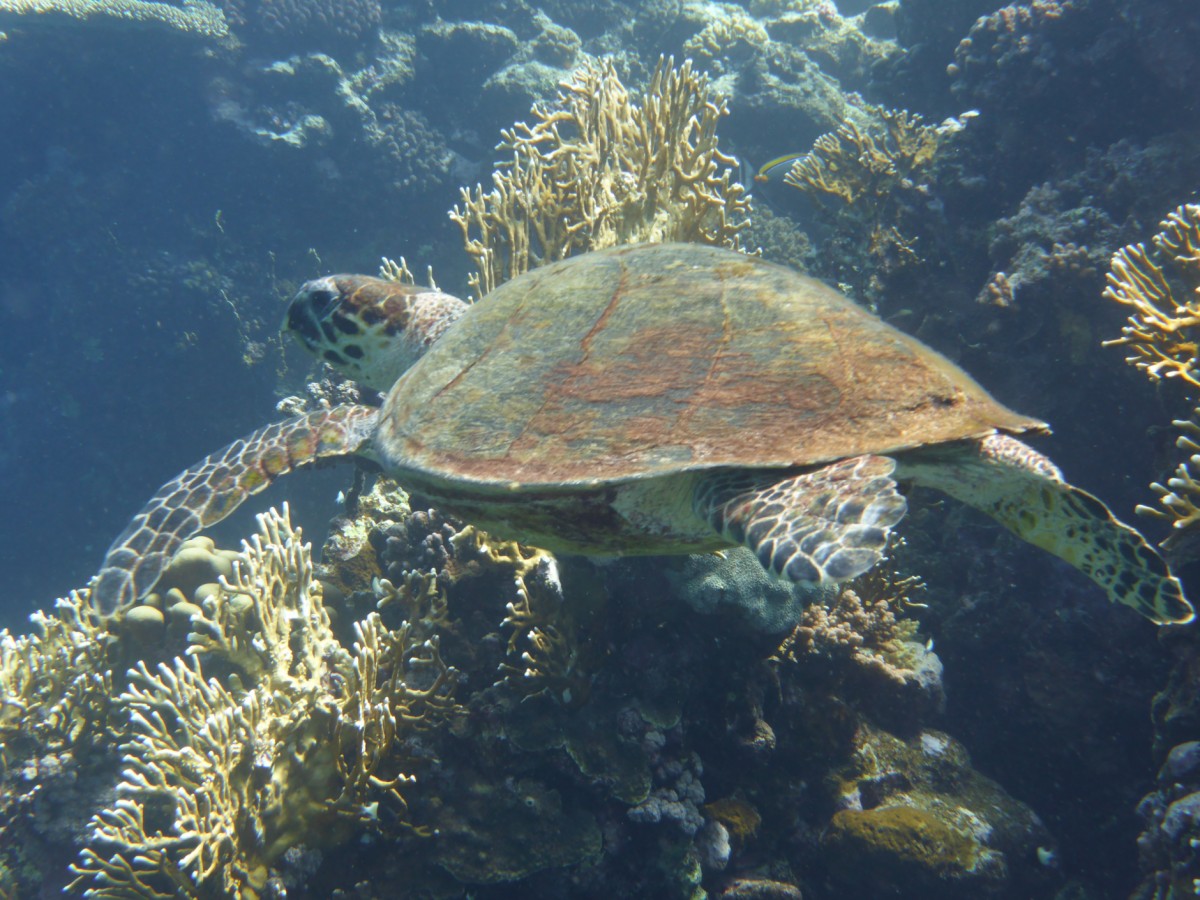
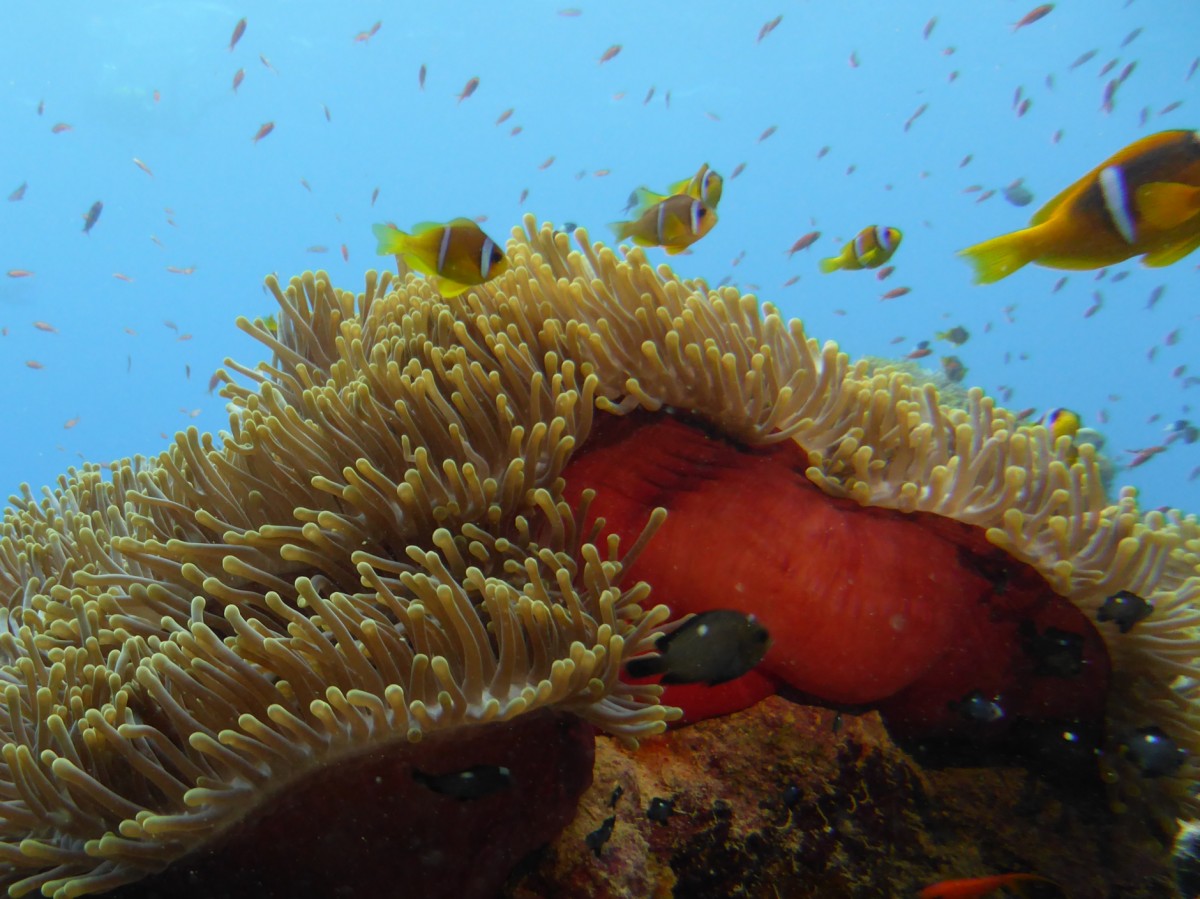
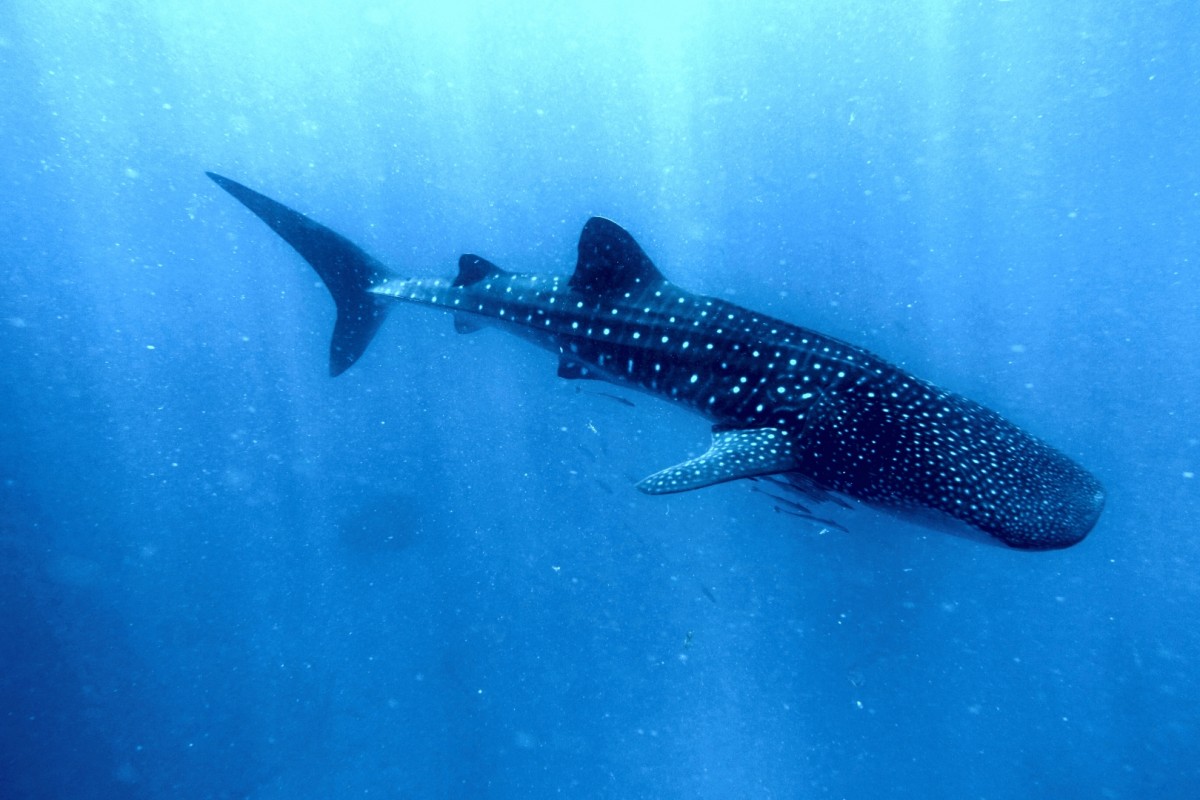
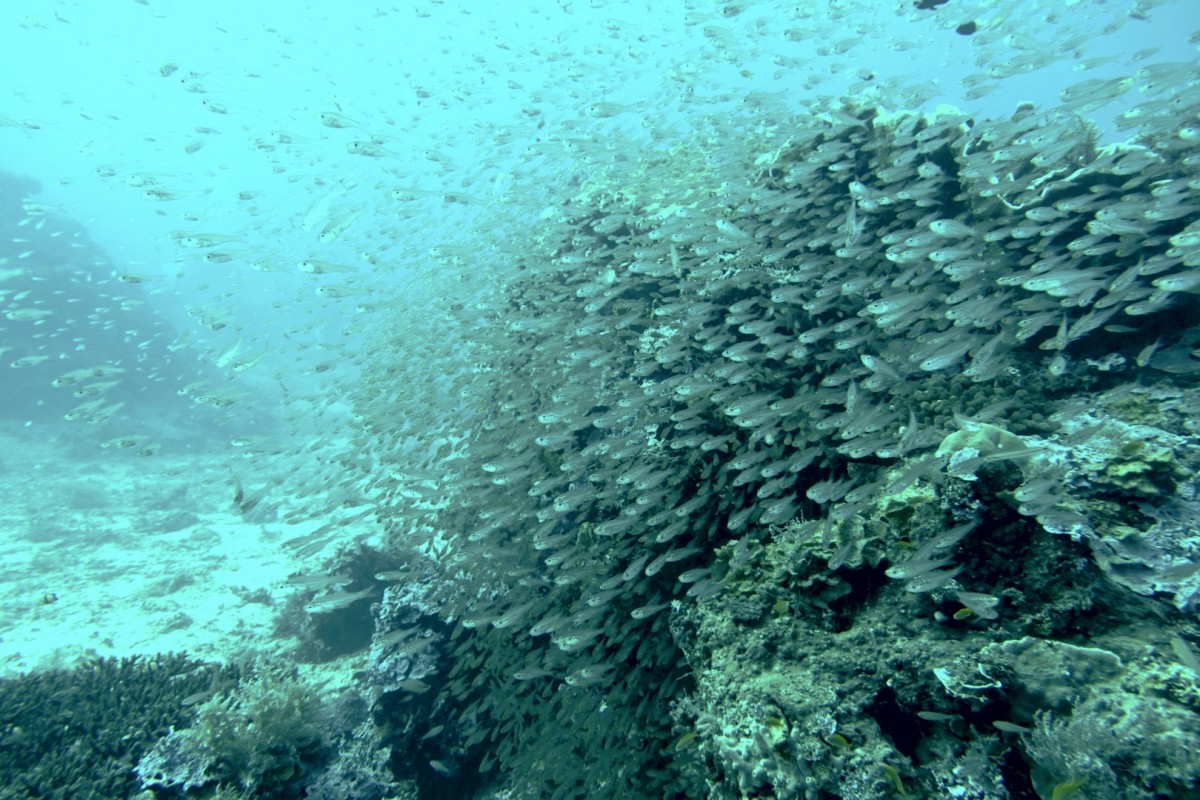
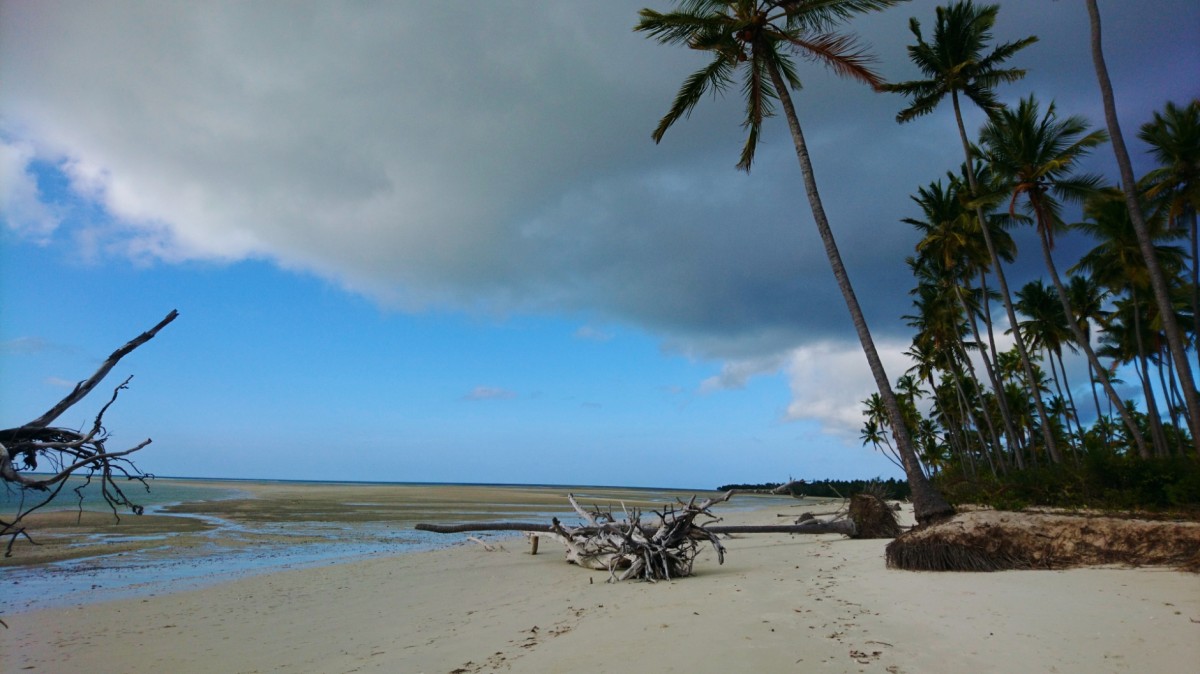
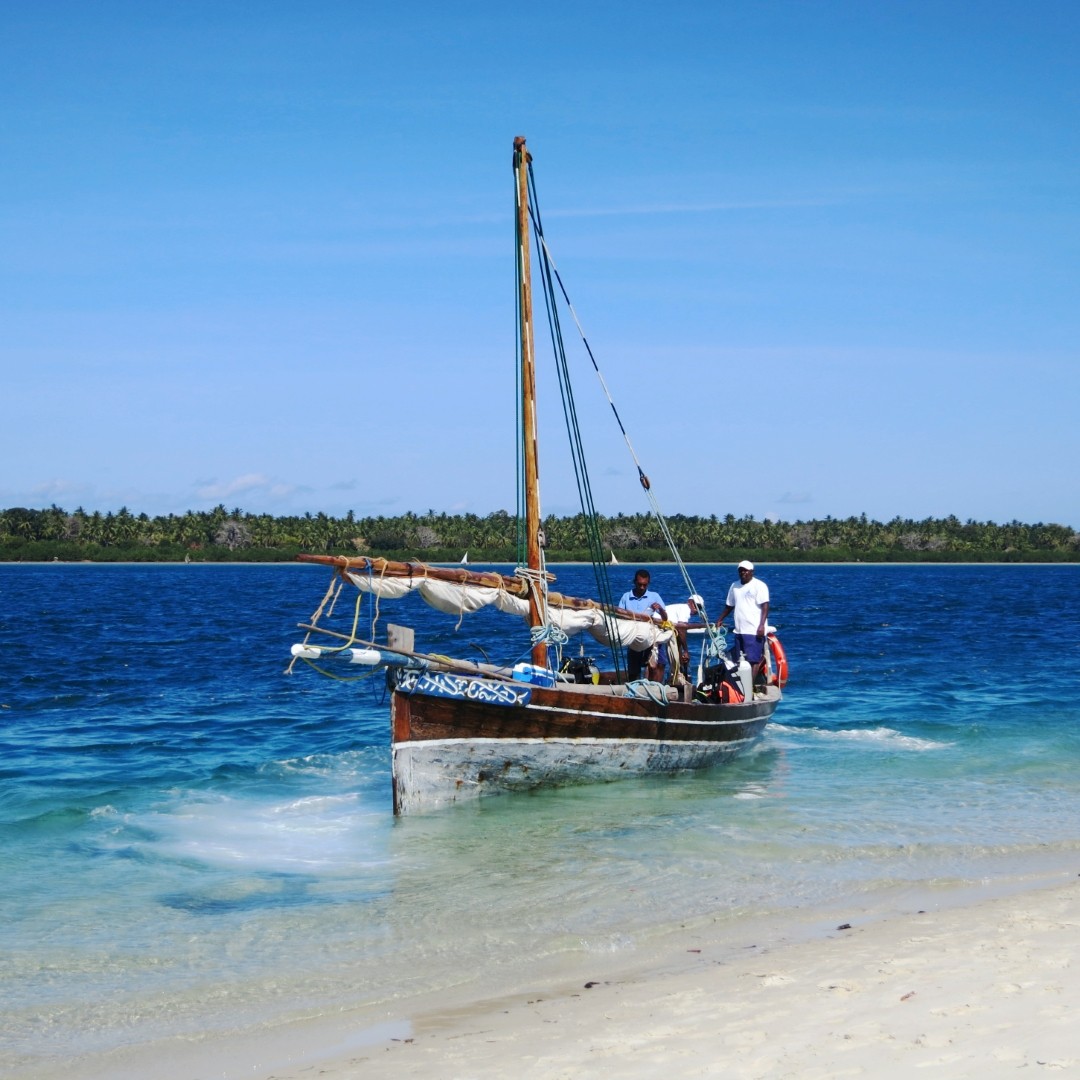
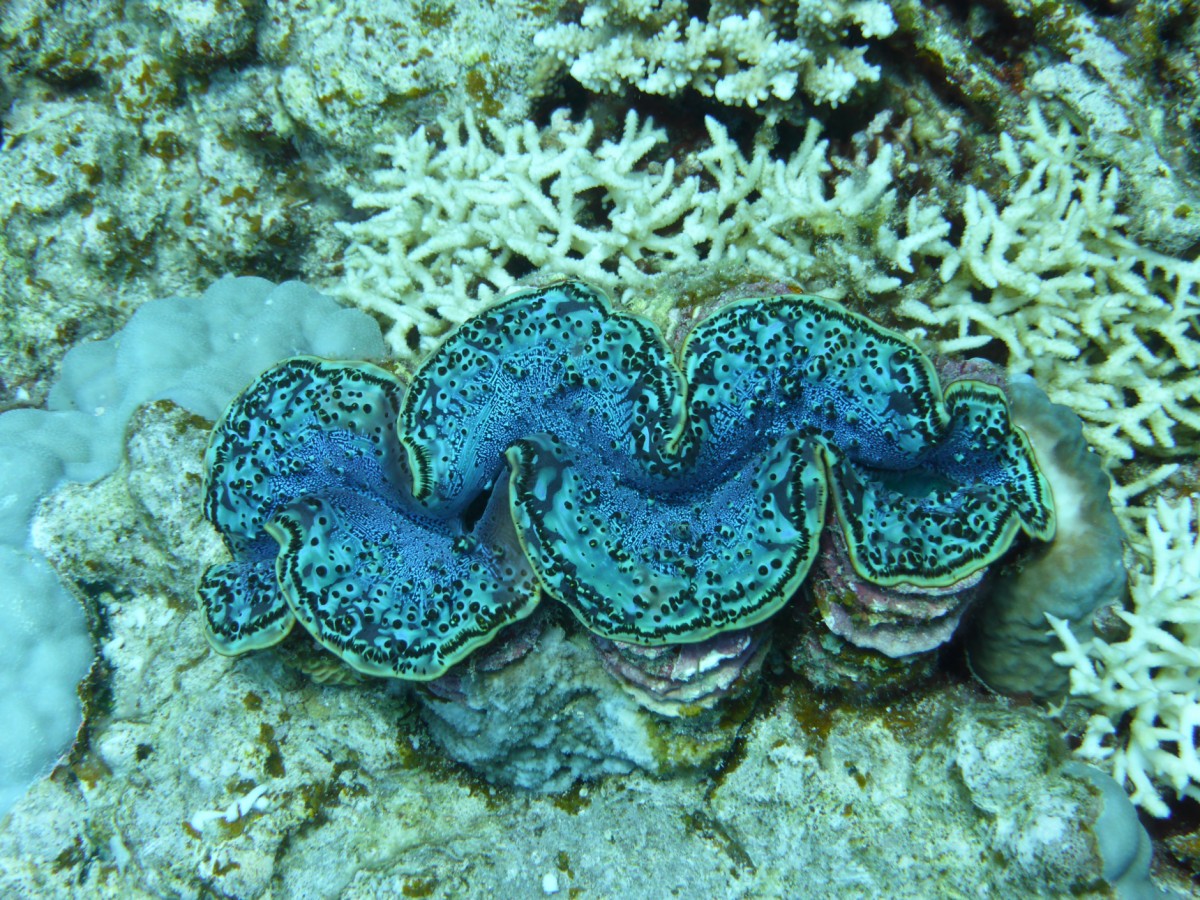
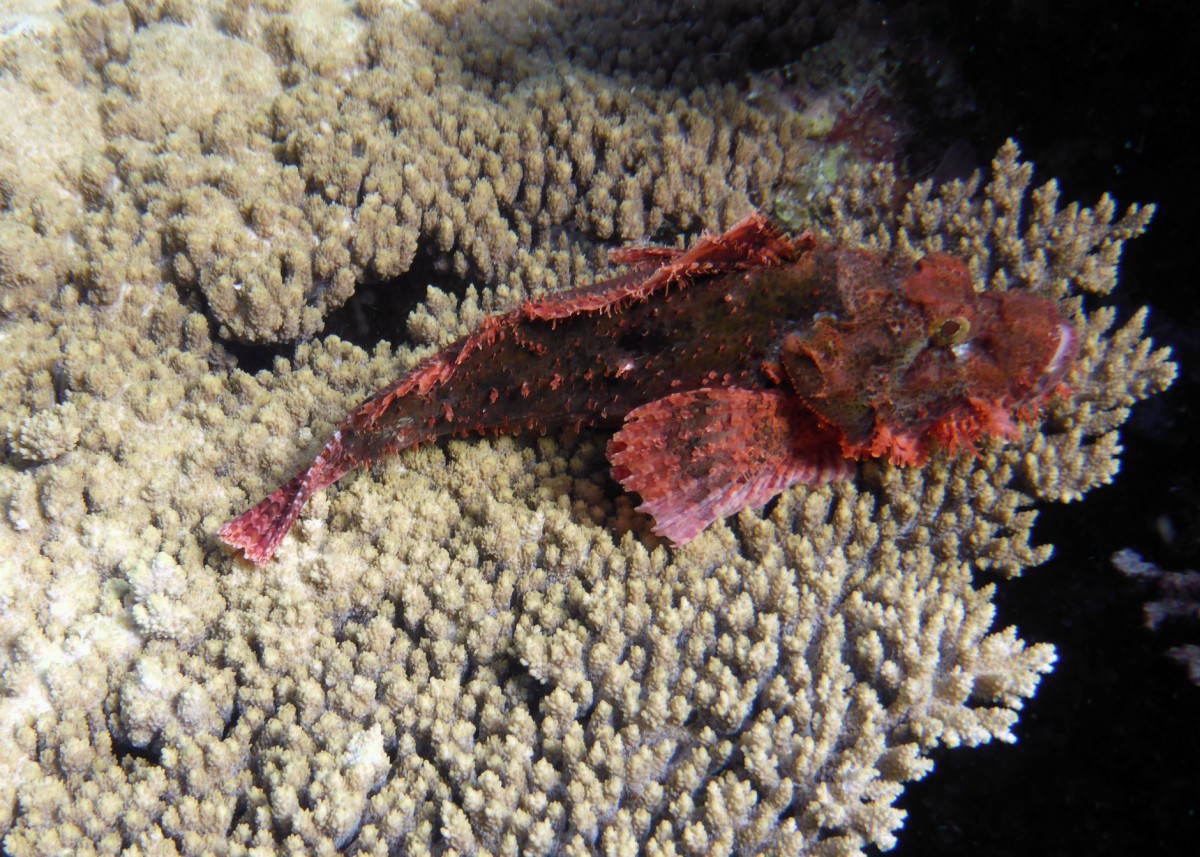
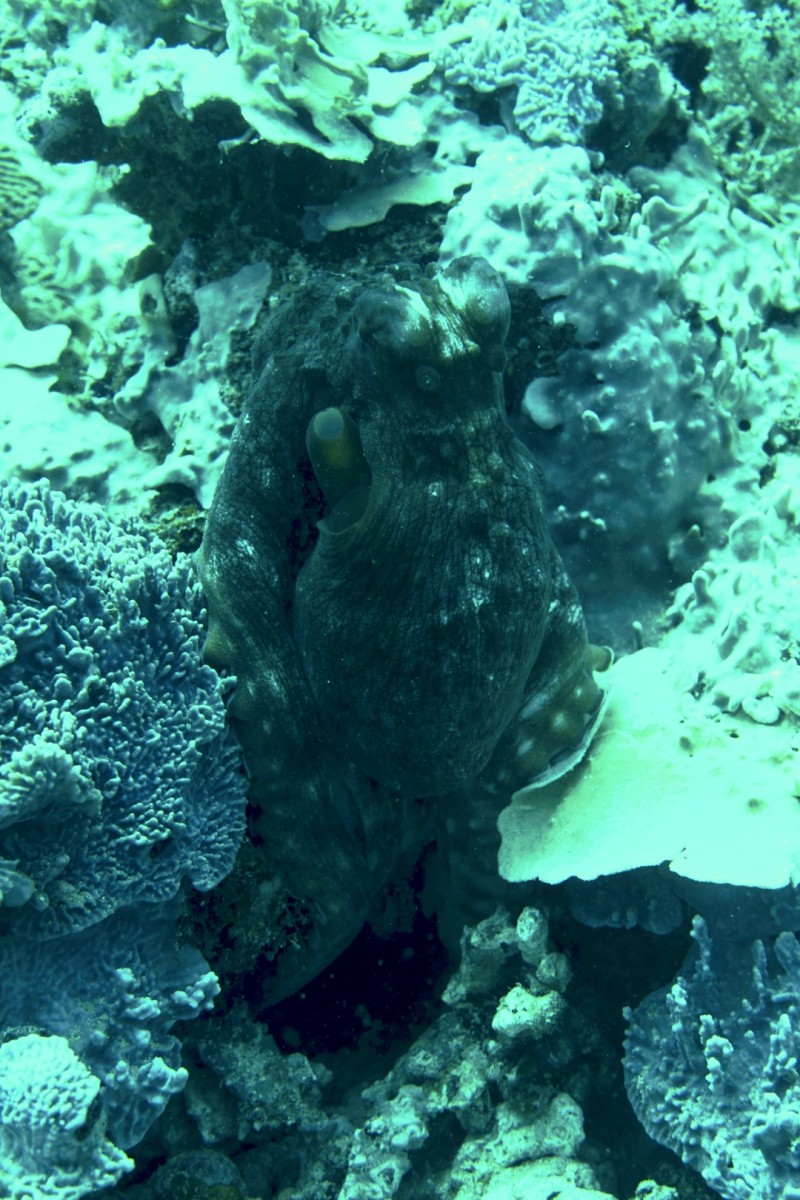
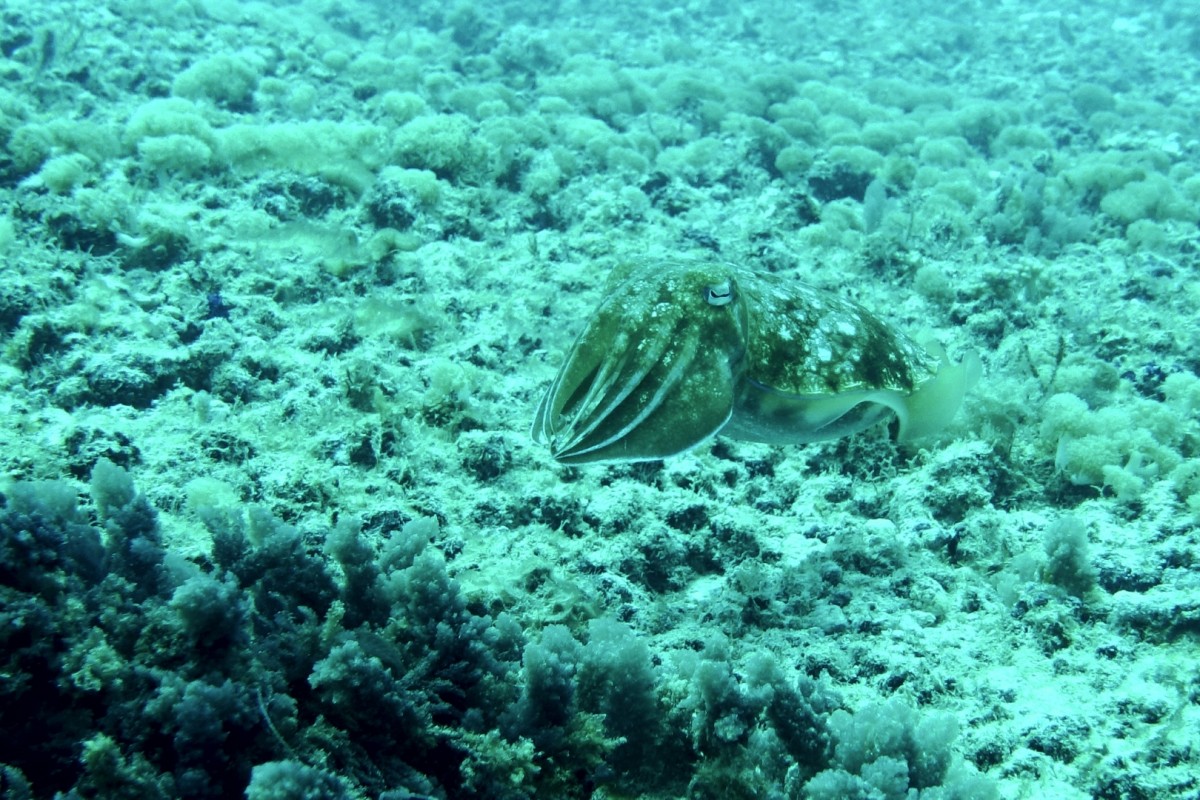
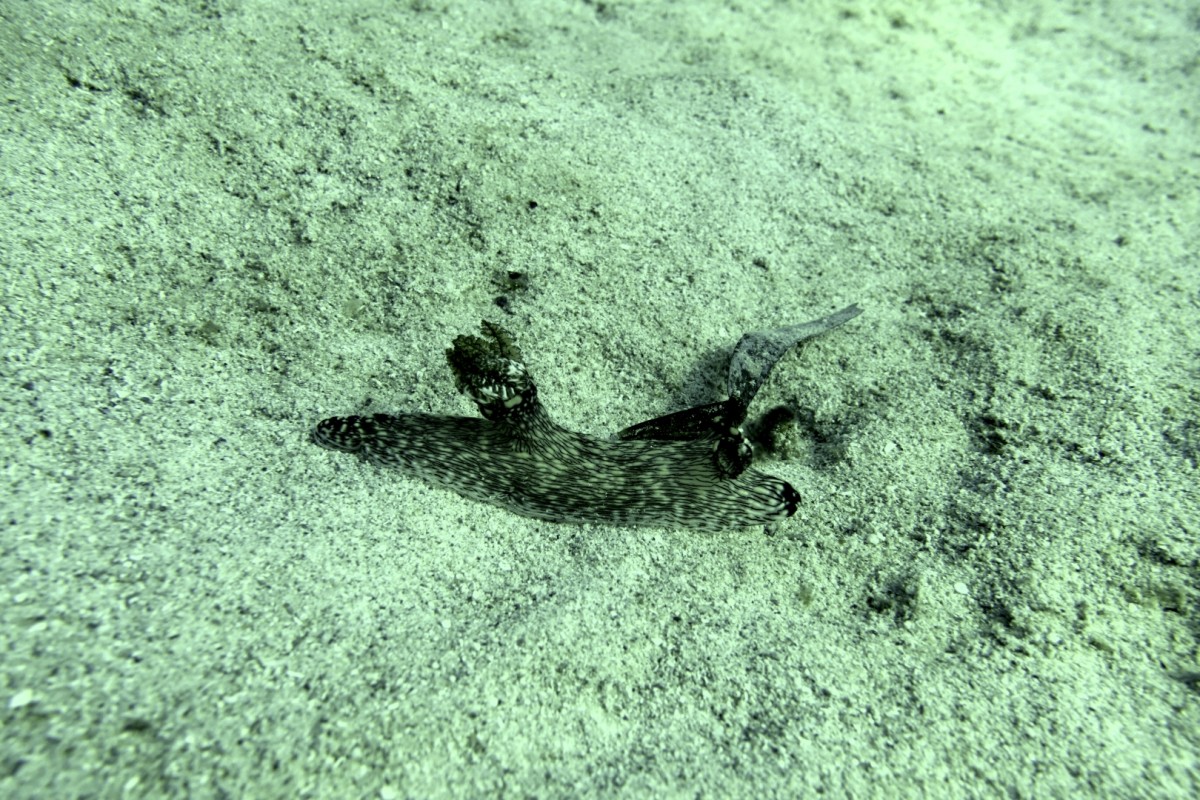
Zanzibar
Once East Africa’s largest trade centre, Zanzibar is steeped in history. Off the coast, old wooden ships are blowing their sails just like they did hundreds of years ago, and richly decorated Arabian palaces tell the story of the time when Spice Island was a hub for conquerors, slavers, and merchants. The buildings in the winding old town are built of coral stones and equipped with powerful ornate Arab doors. Zanzibar has rightly been declared a UNESCO World Heritage Site. Arabs and Indians were the first to land here and engage in busy trade operations with silk and porcelain. They then loaded ivory, gold, and spices onto their ships. A scent of cardamom, pepper, cloves, and nutmeg hangs in the air of Zanzibar, and numerous holidaymakers are thrilled with the white sandy beaches and the coral benches off the coast.
Zanzibar is located at a 2-hour ferry ride from Dar es Salaam, or a short plane ride from any national park.
Images
